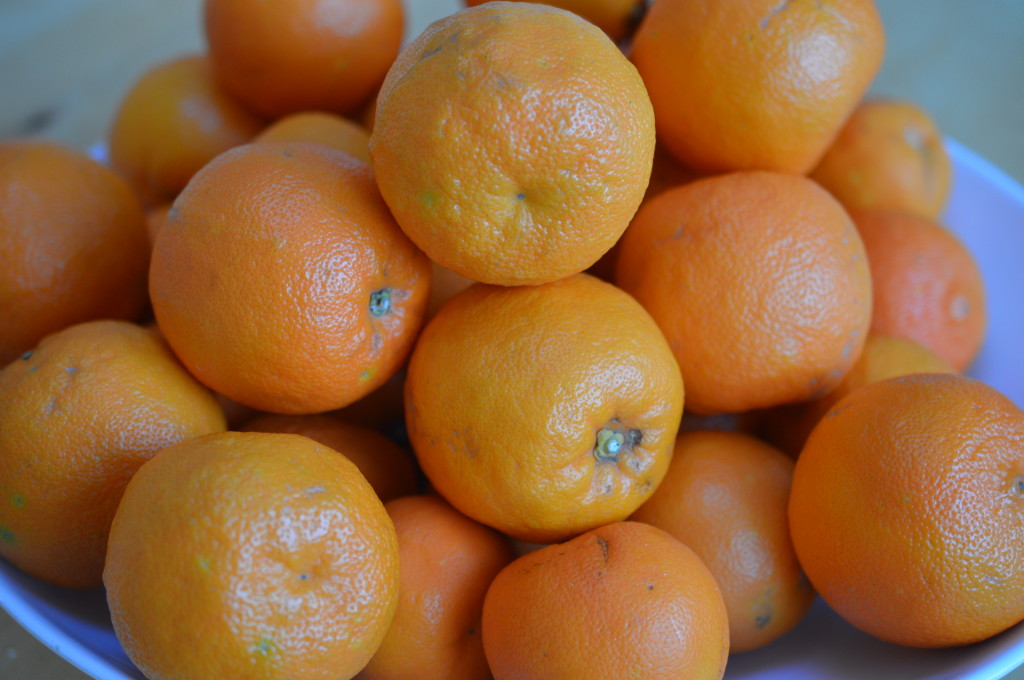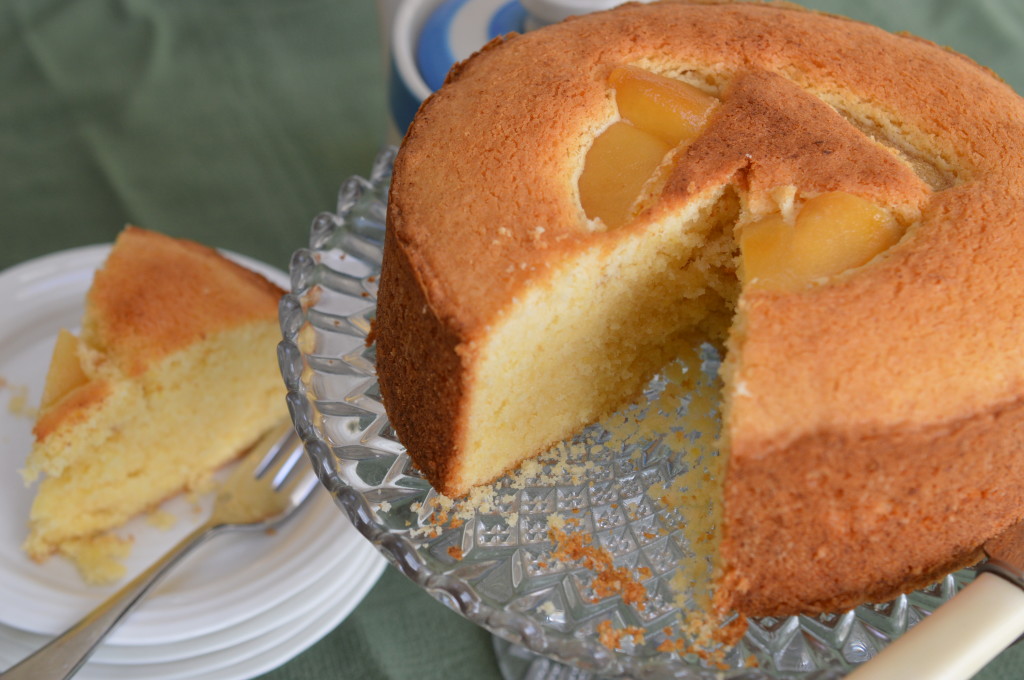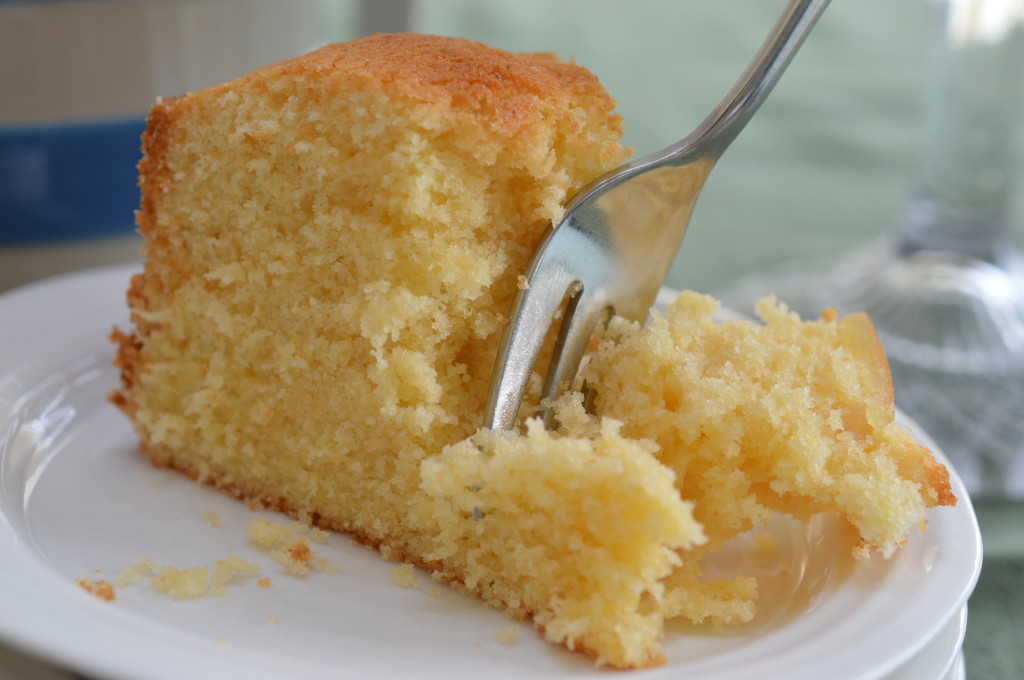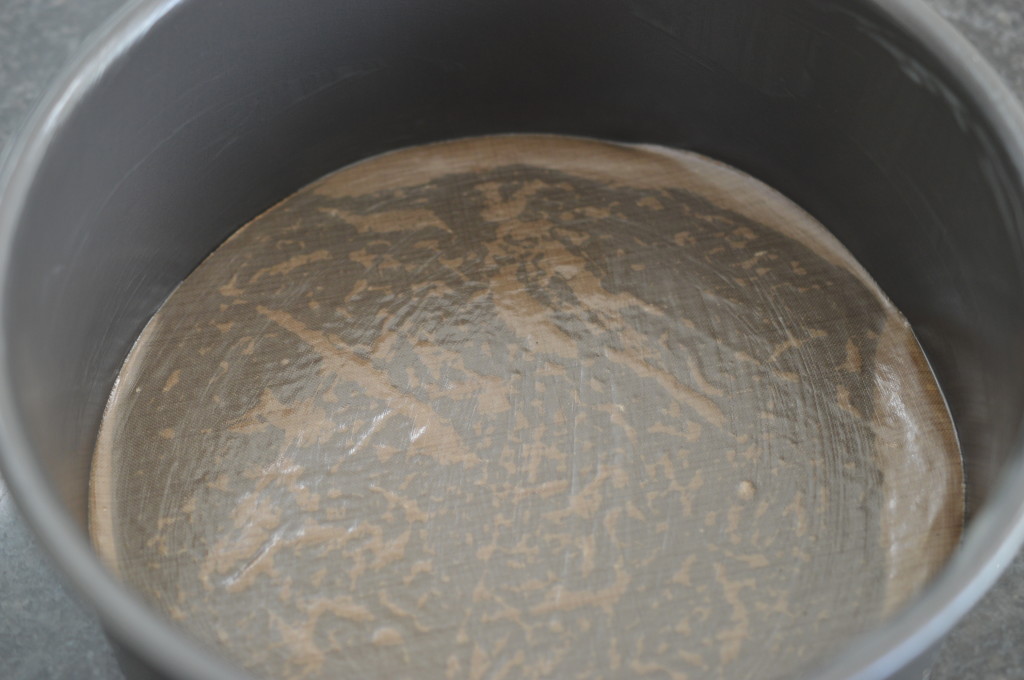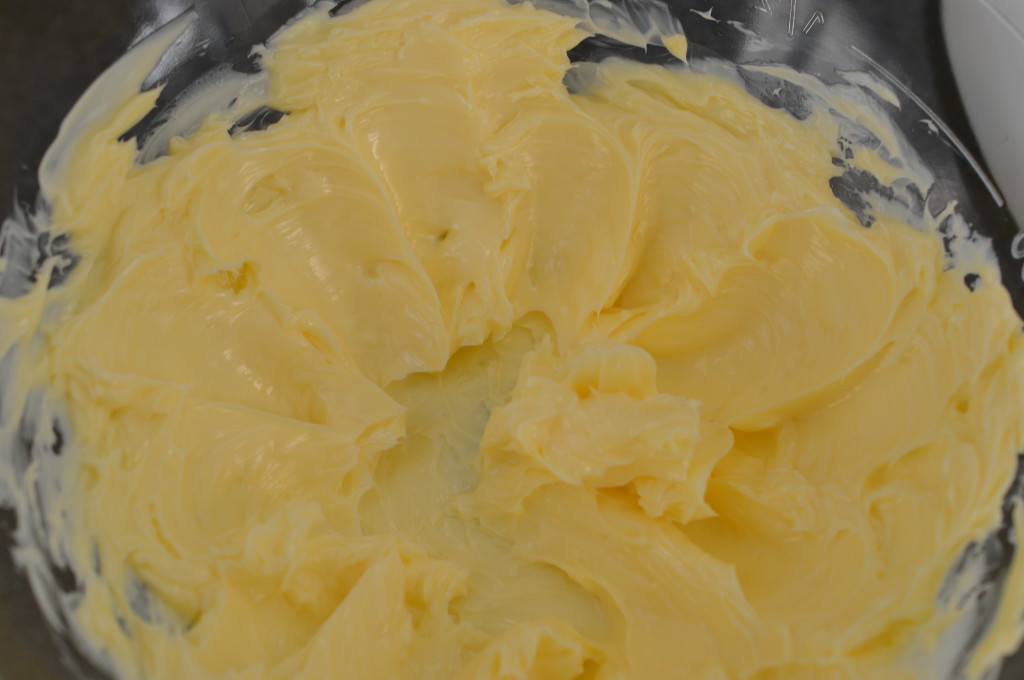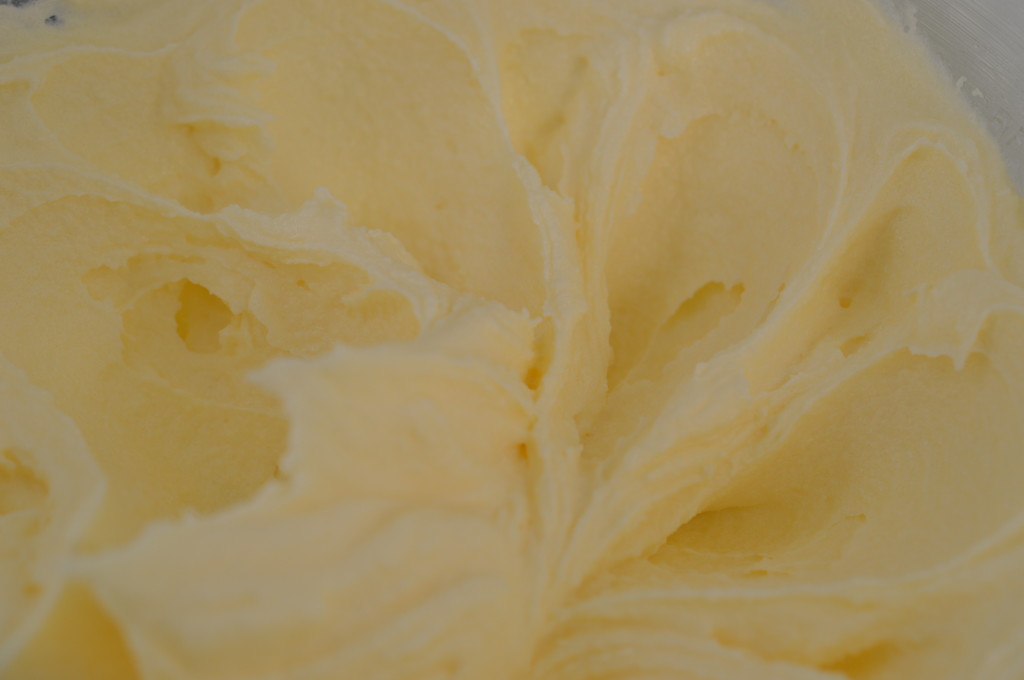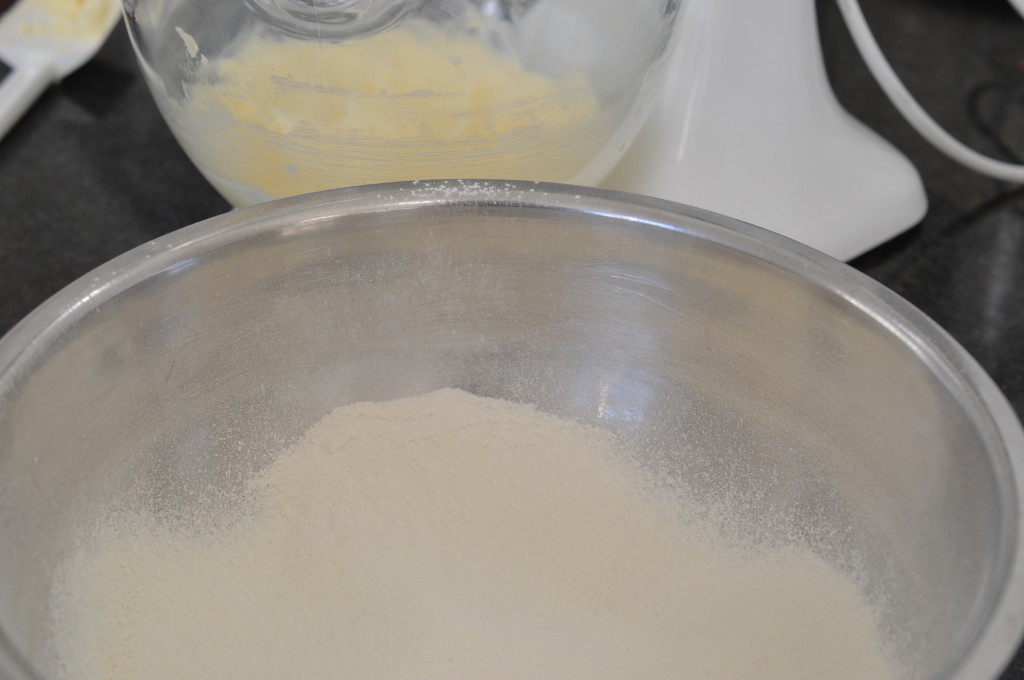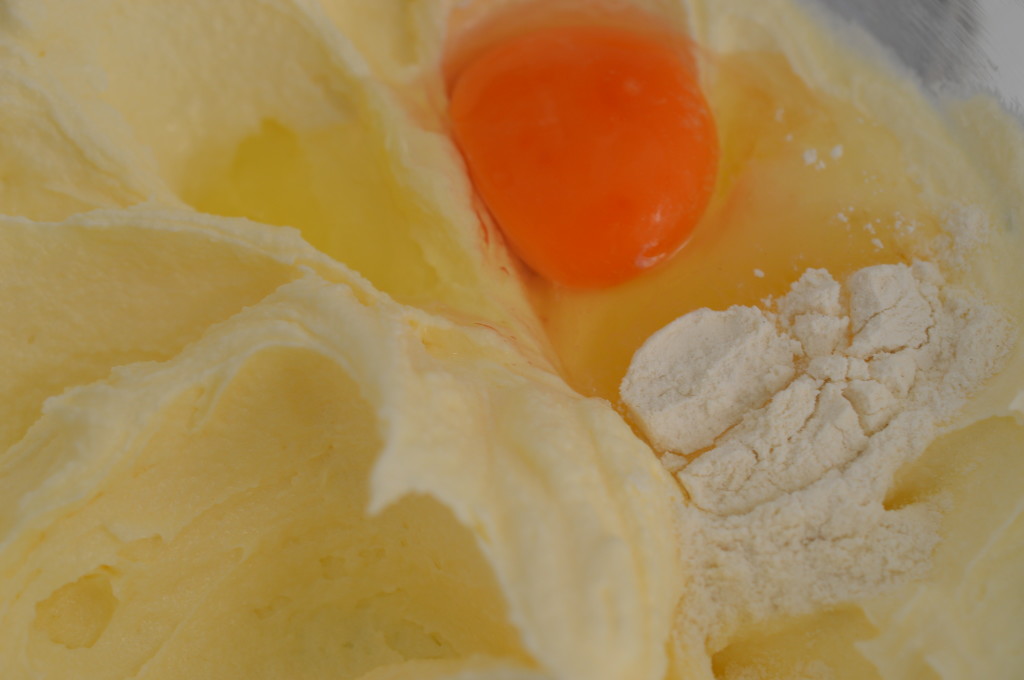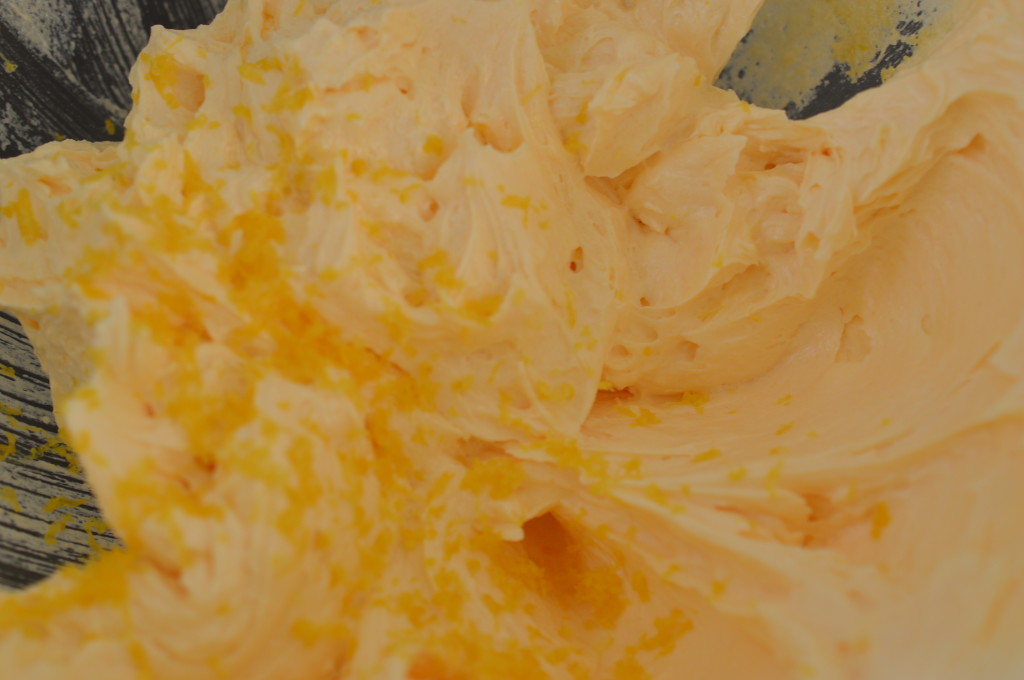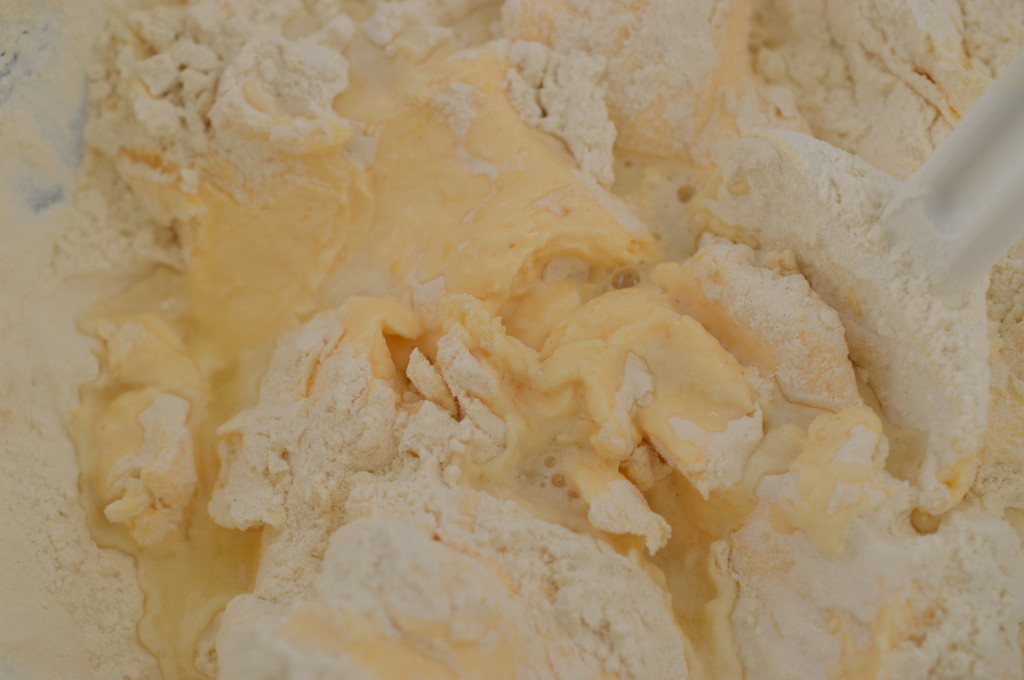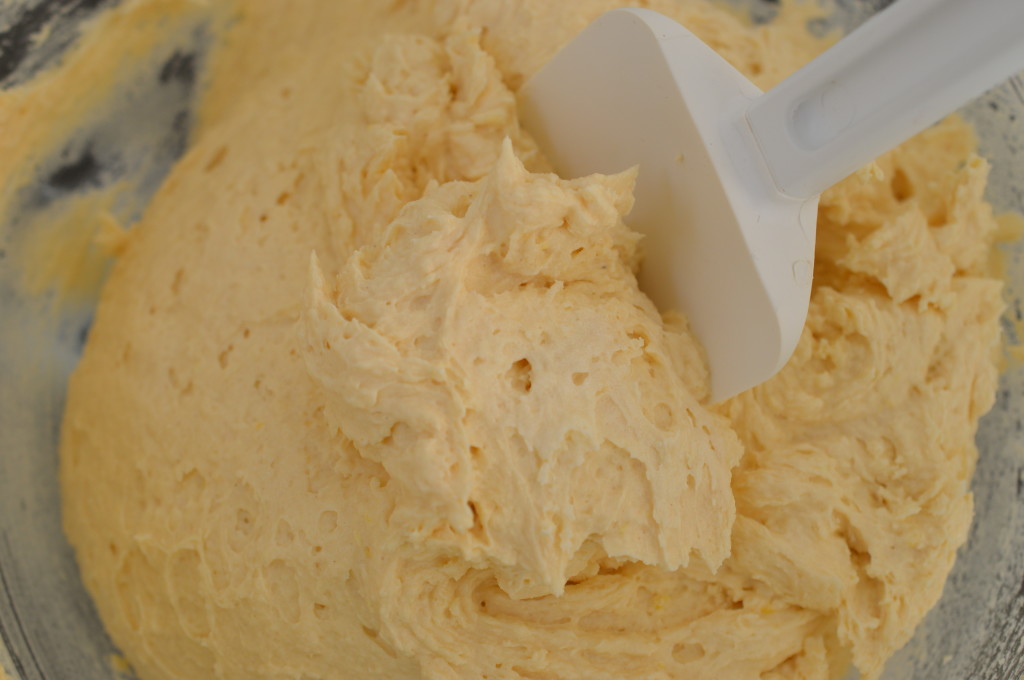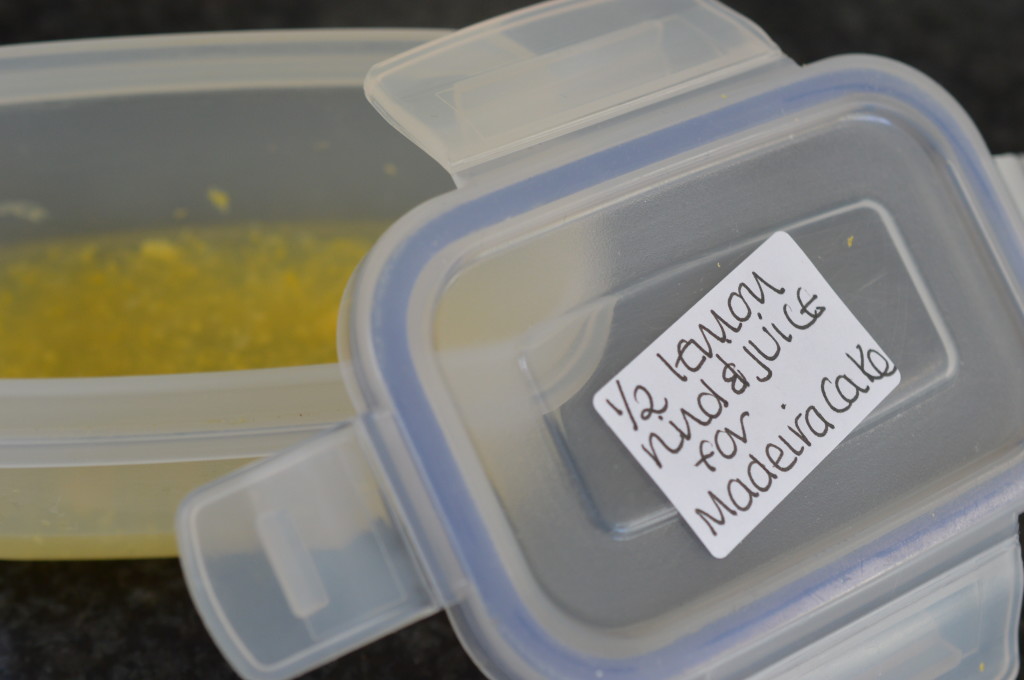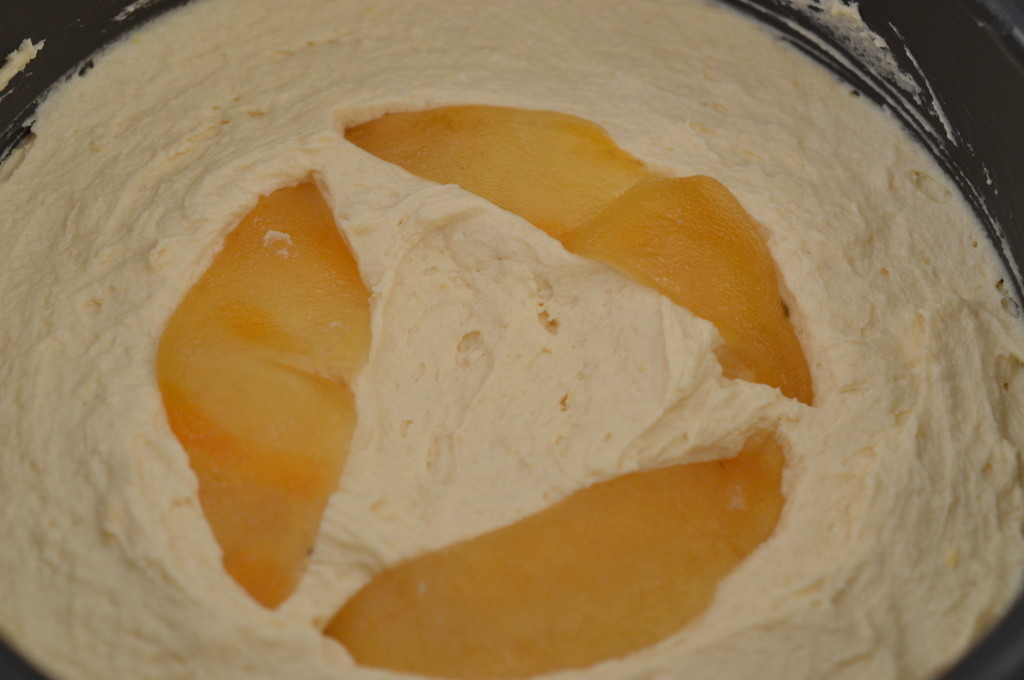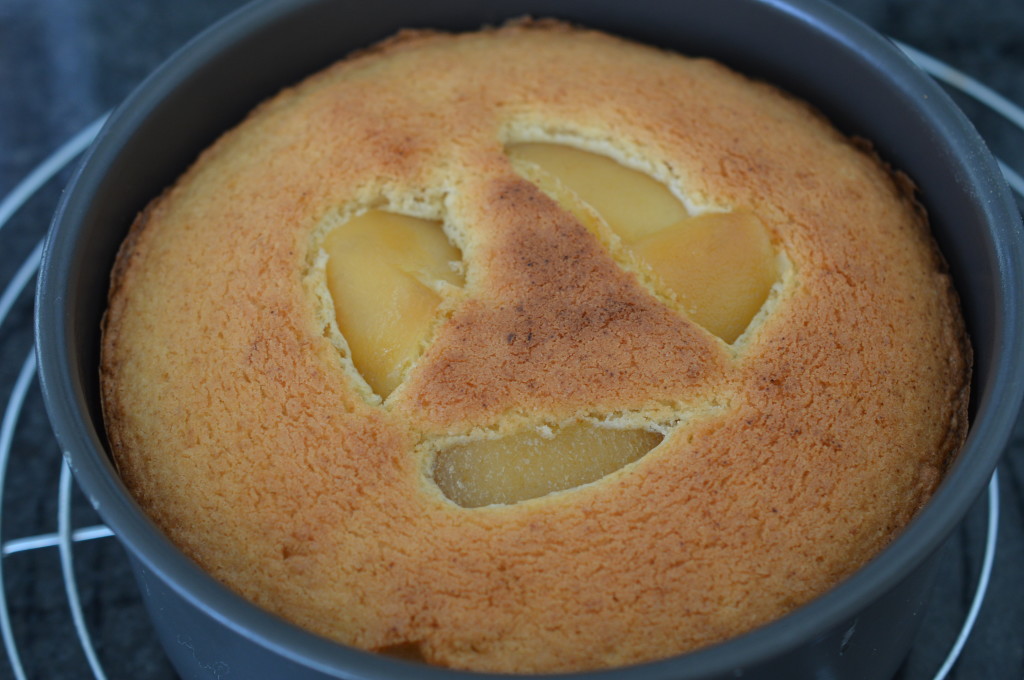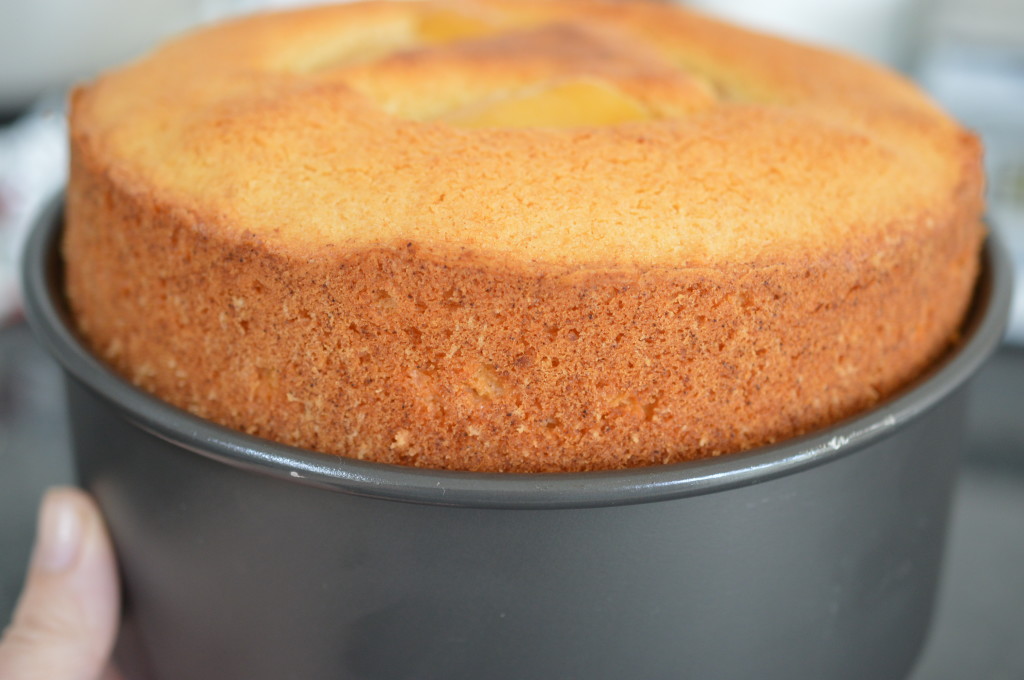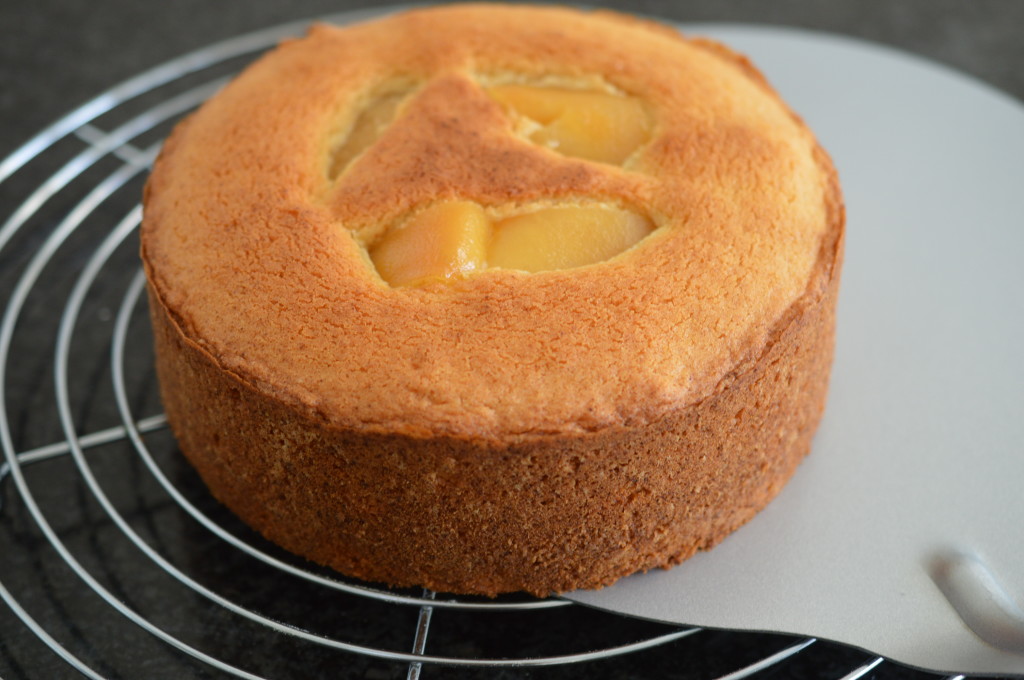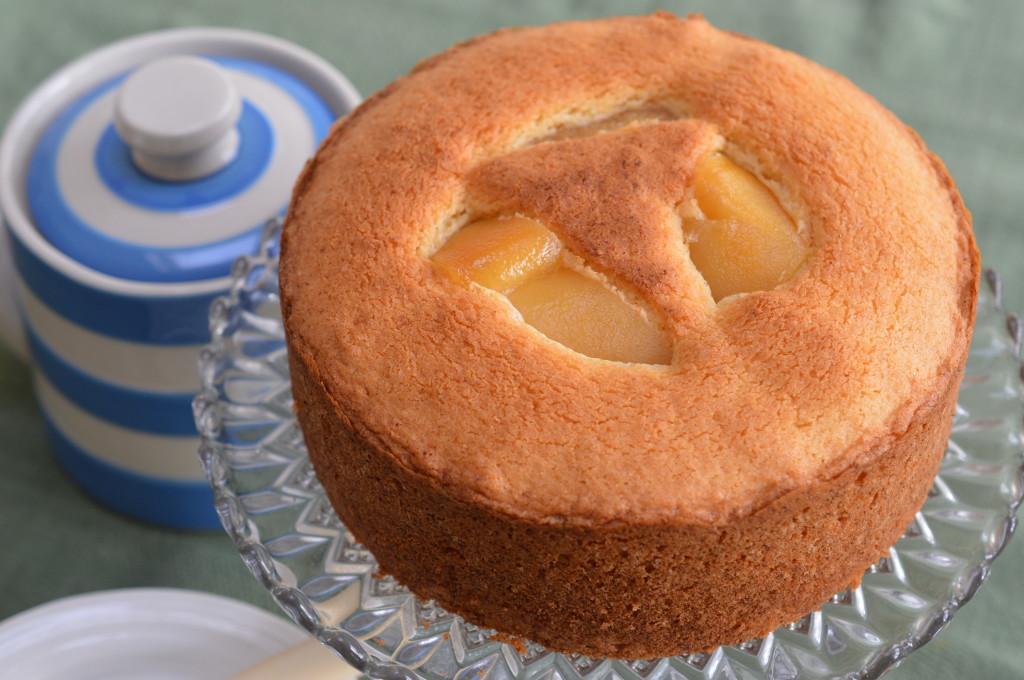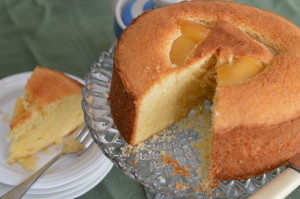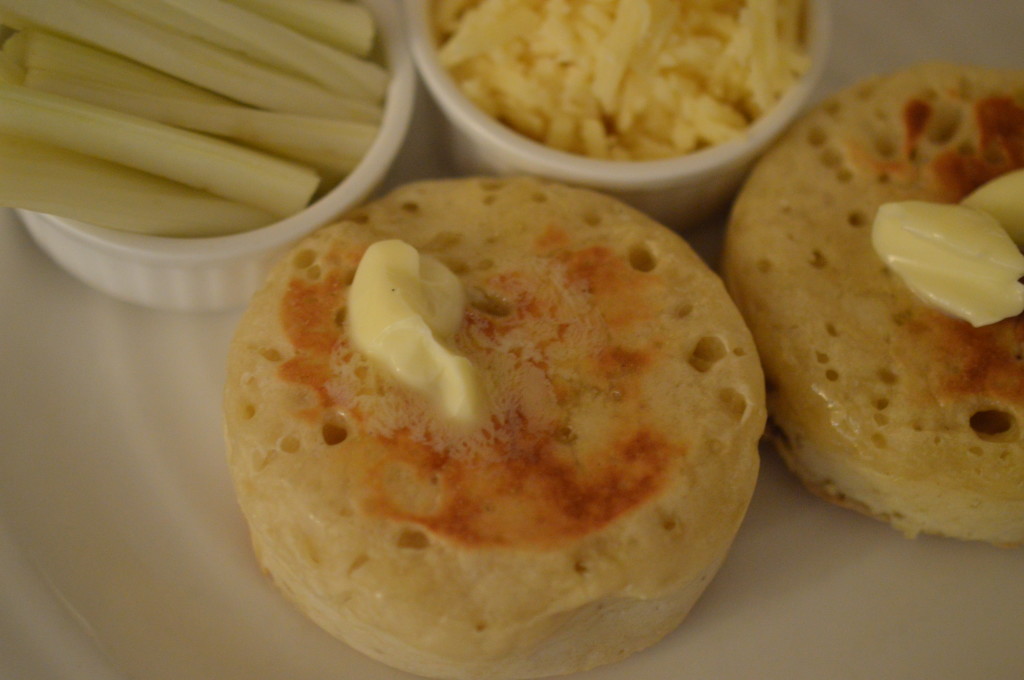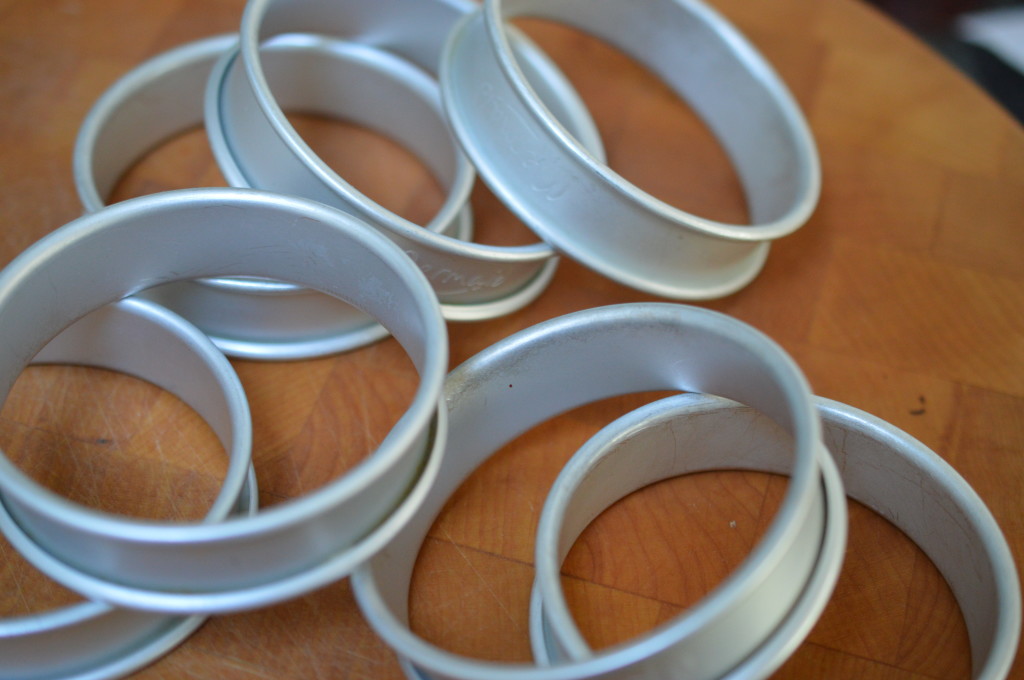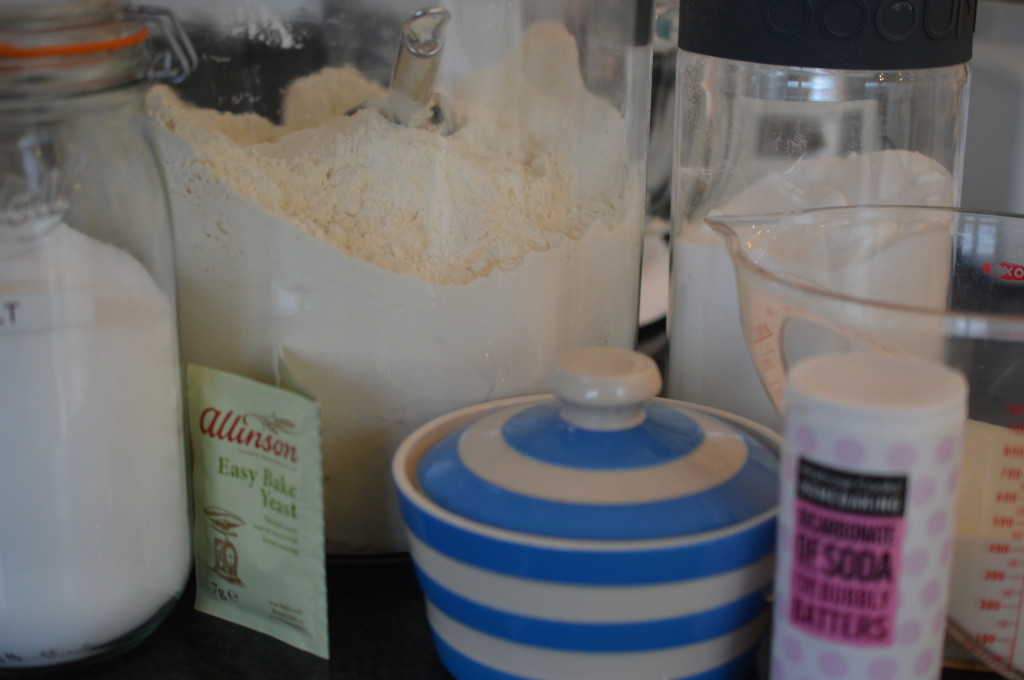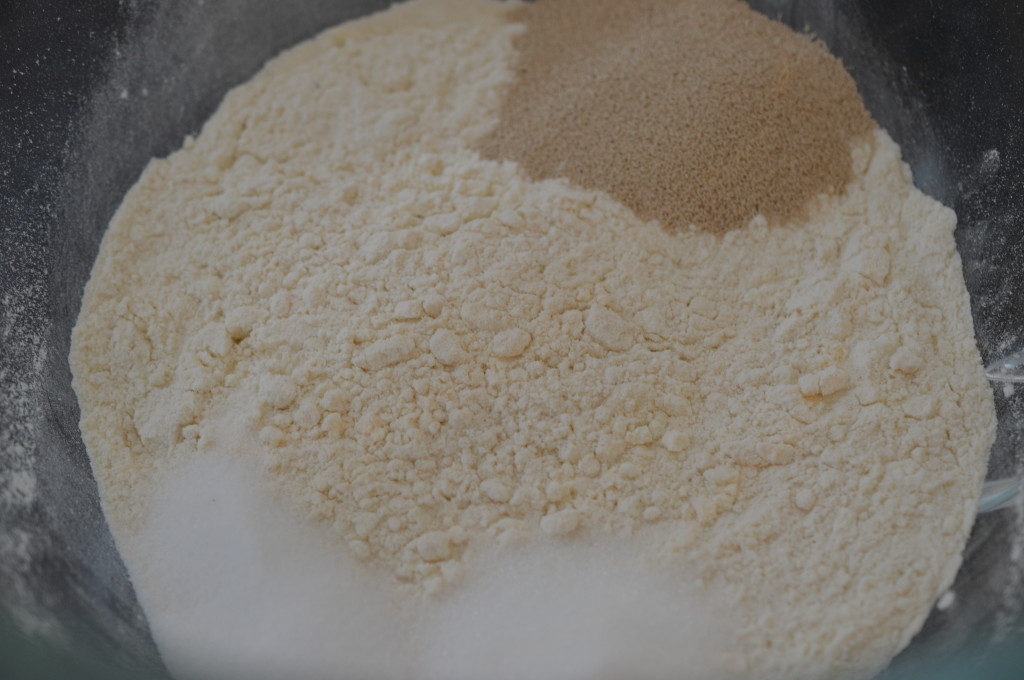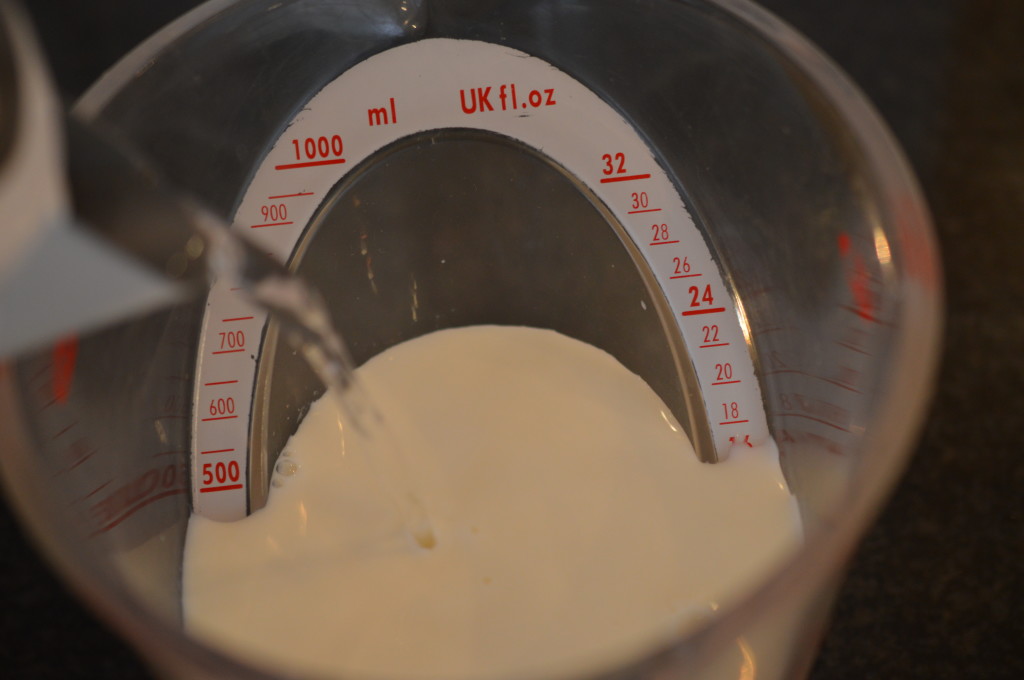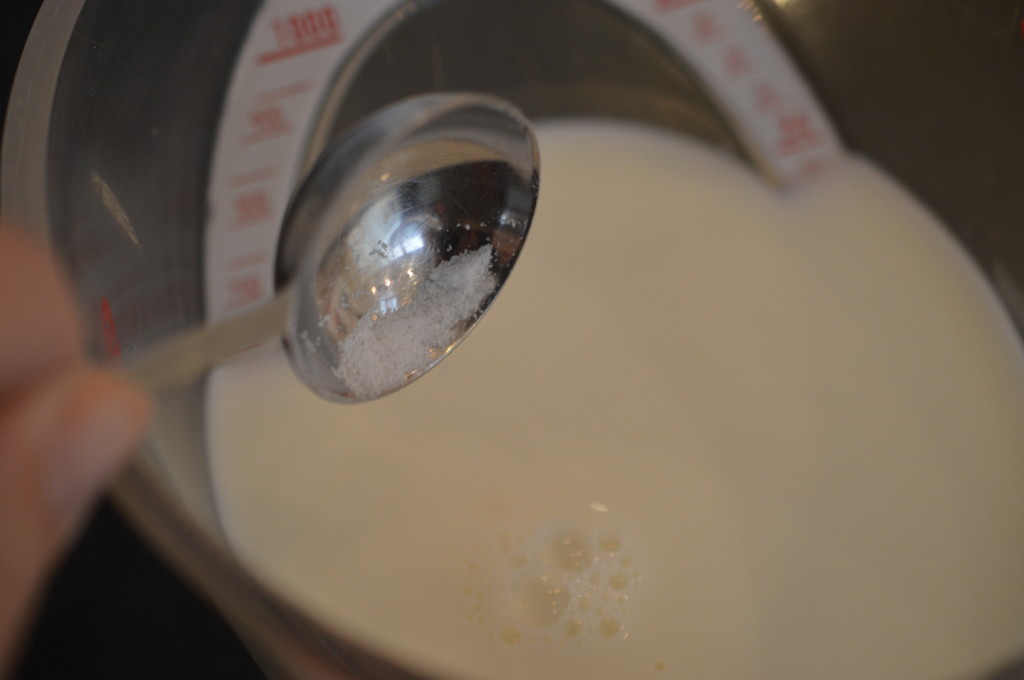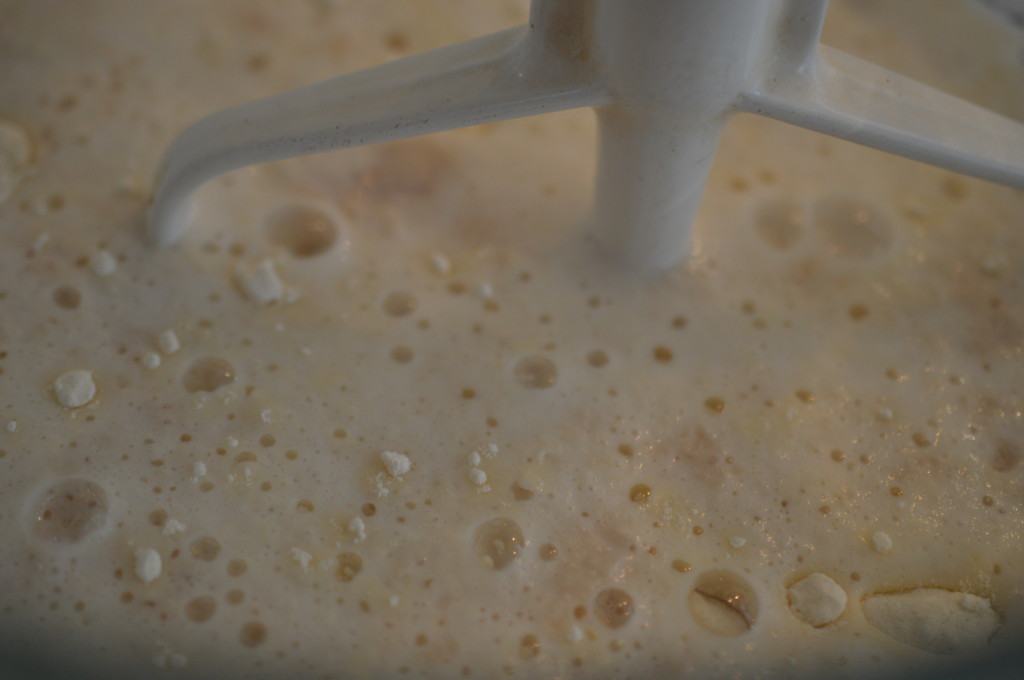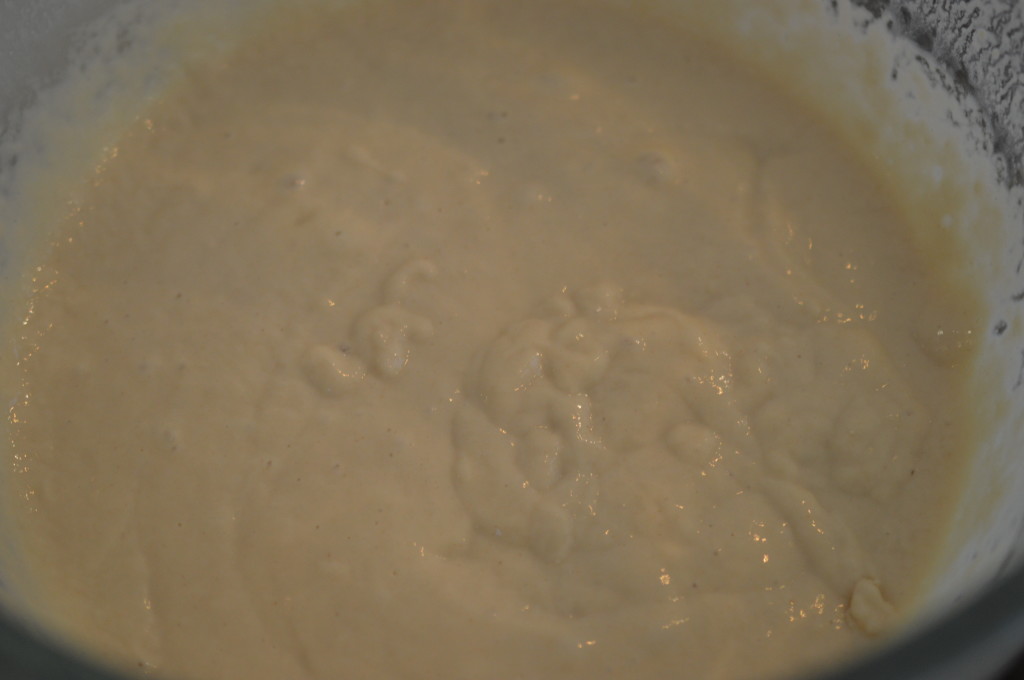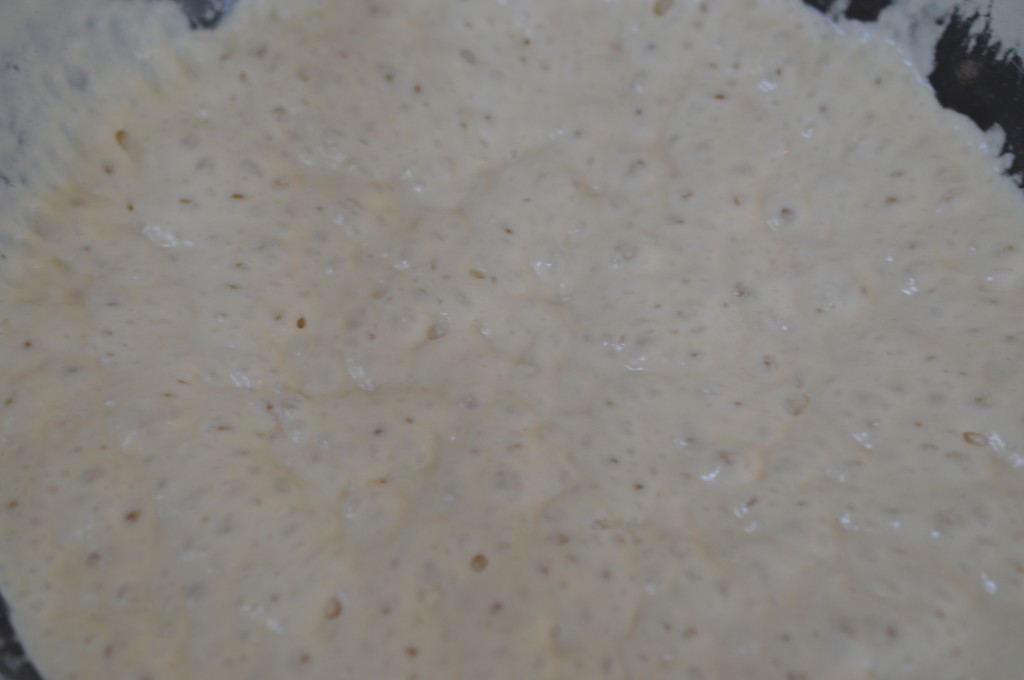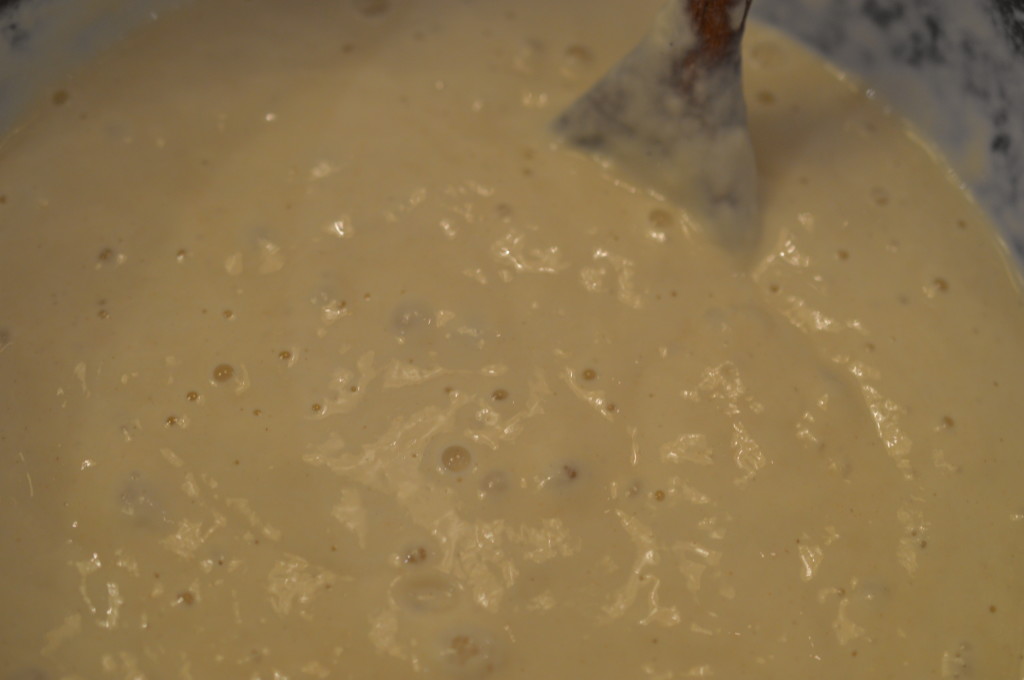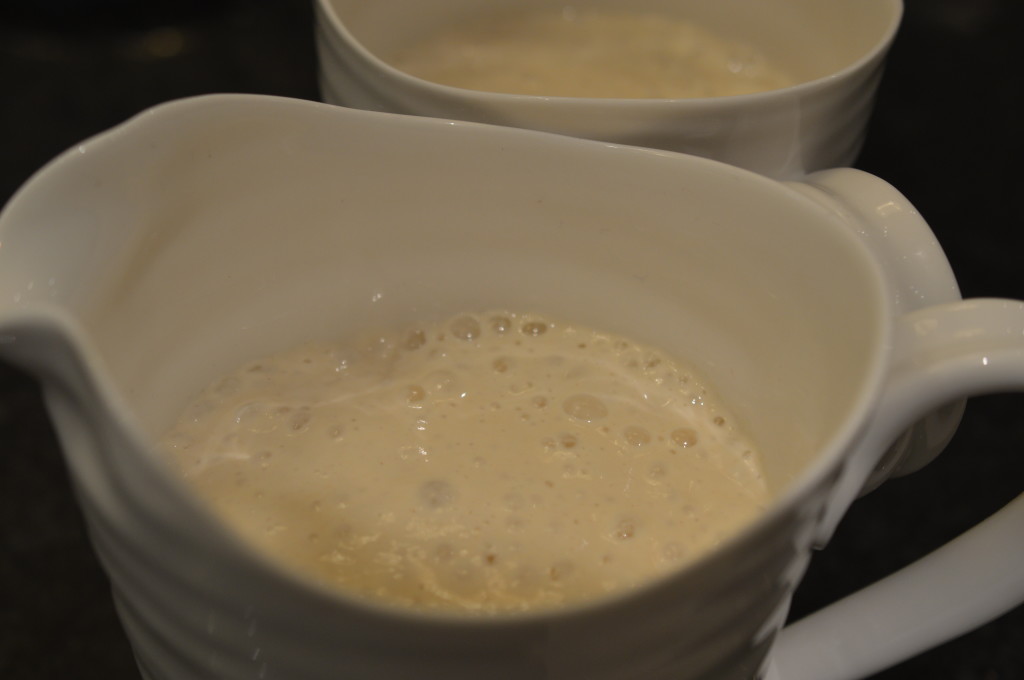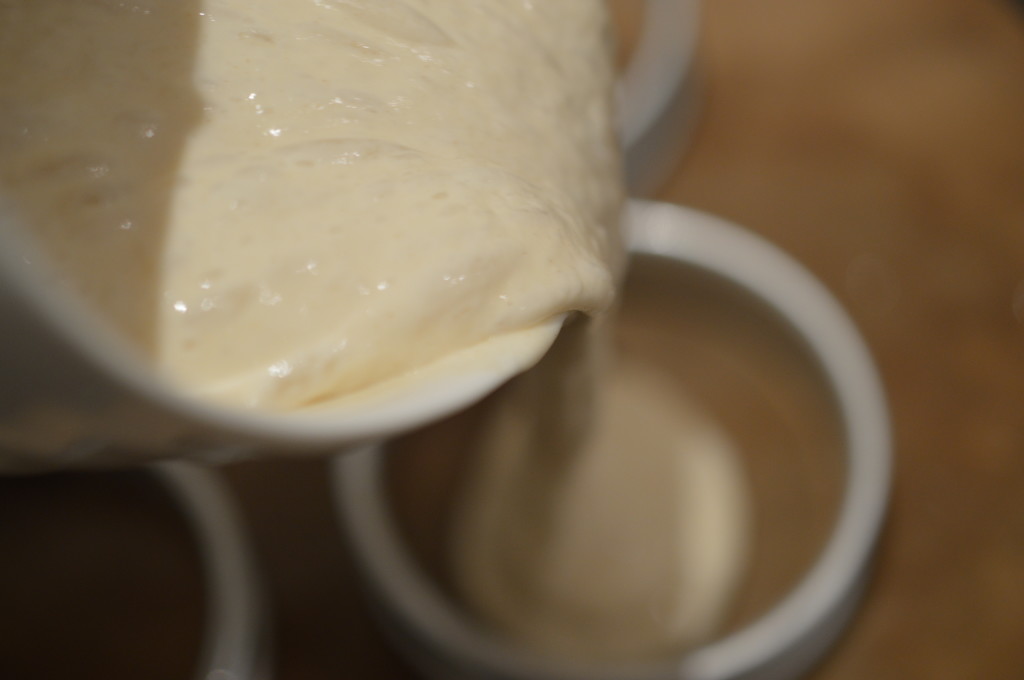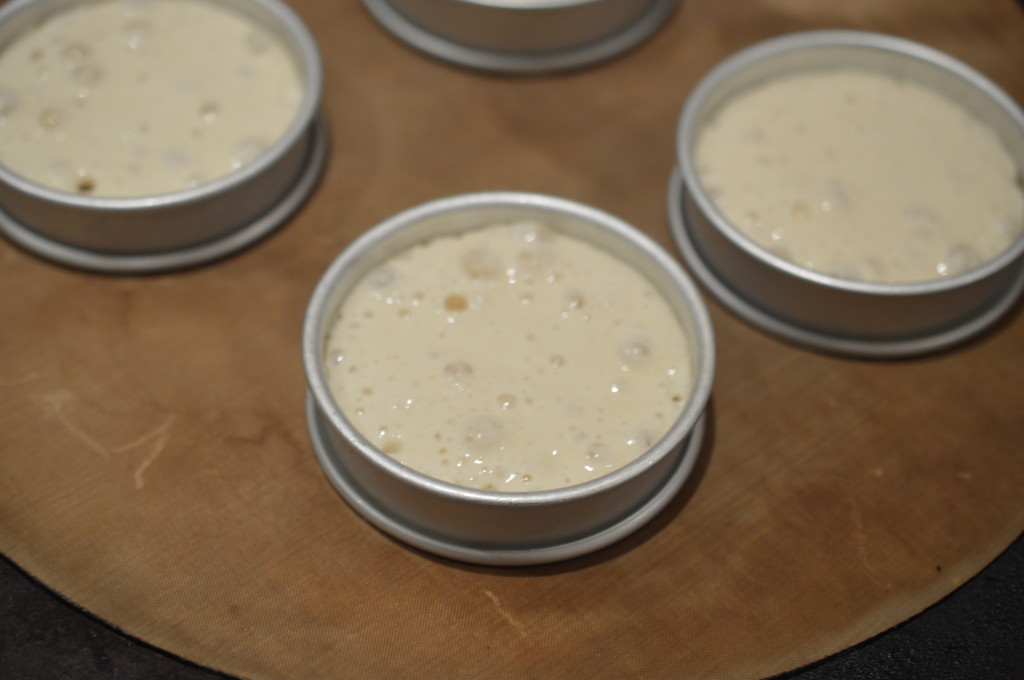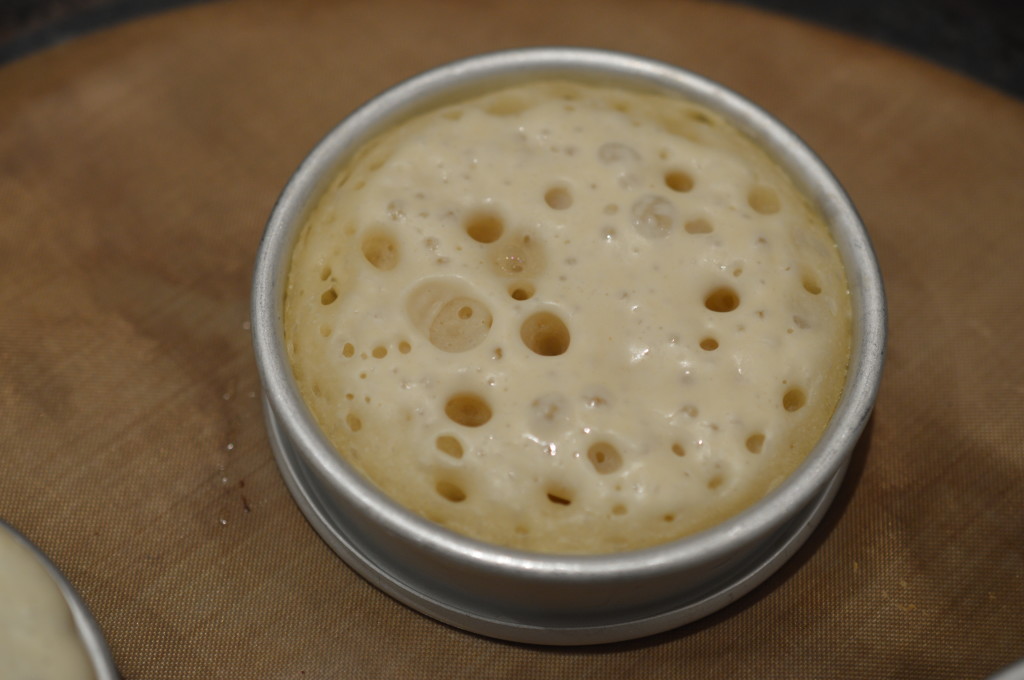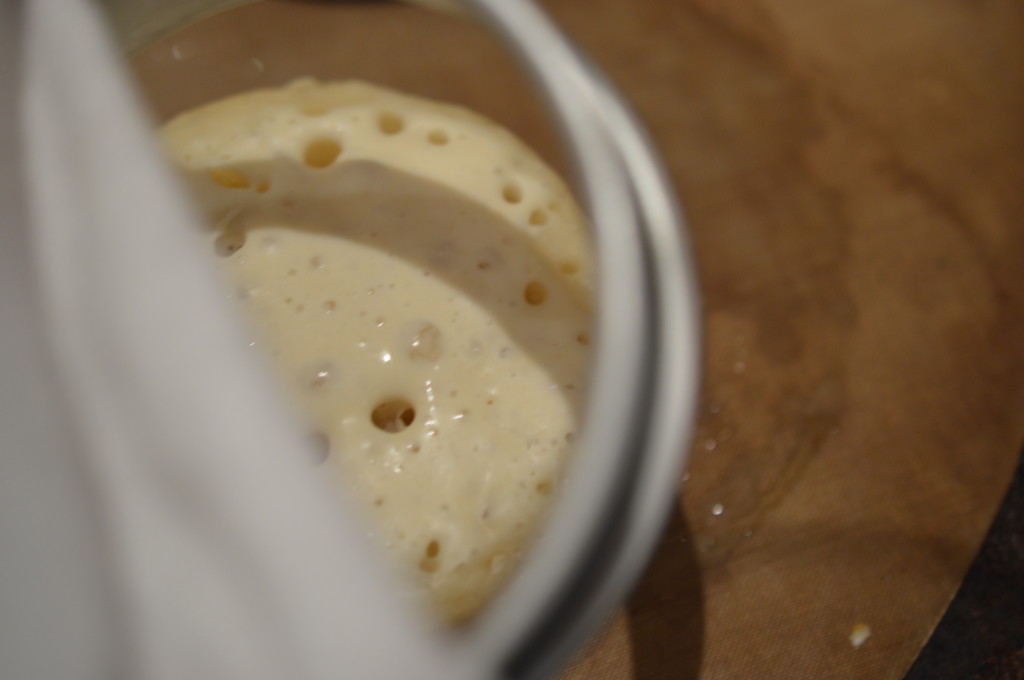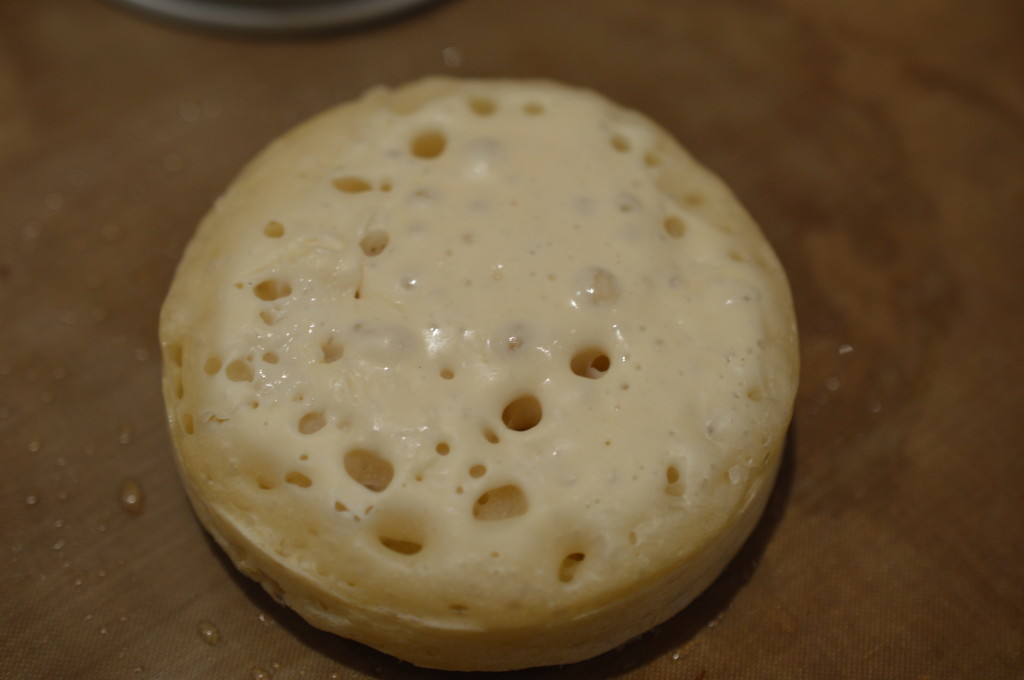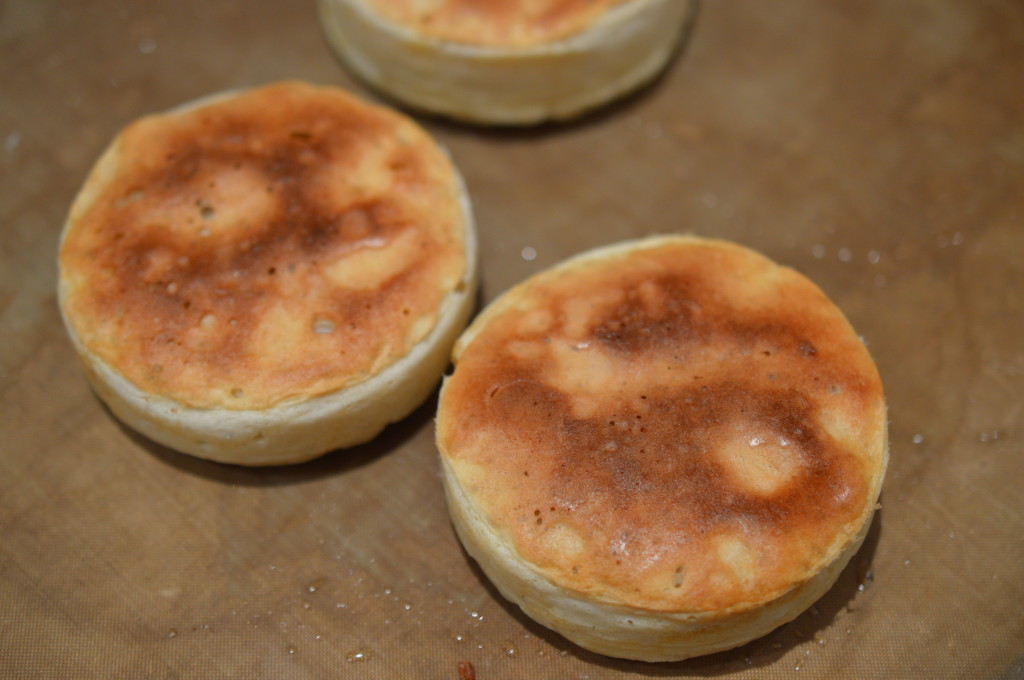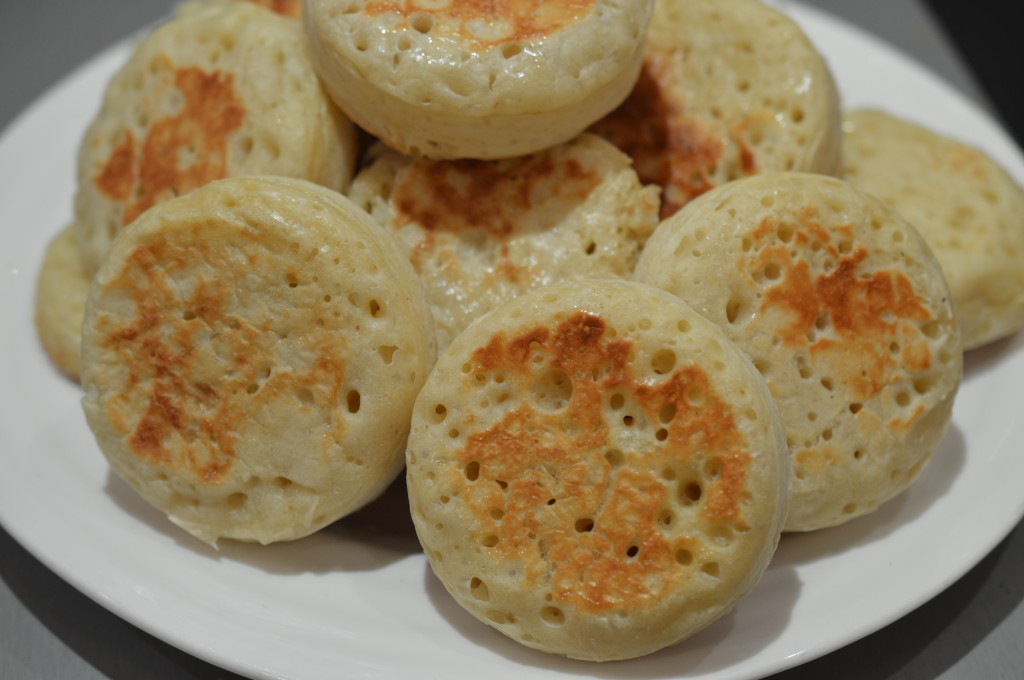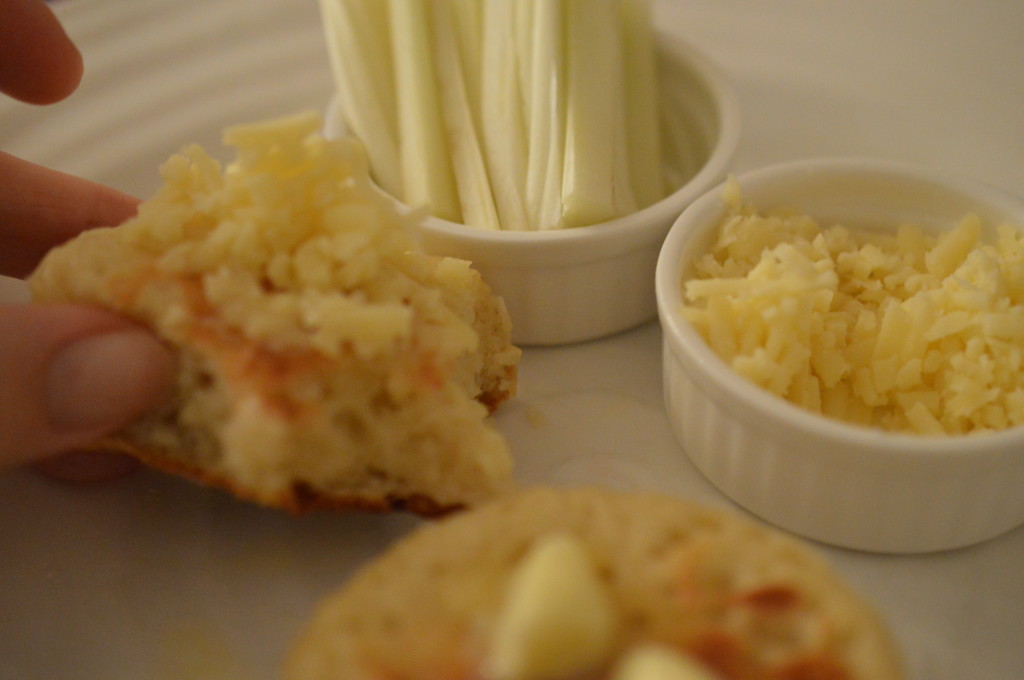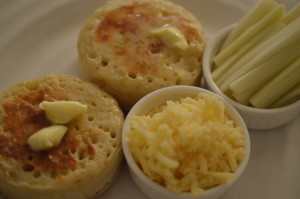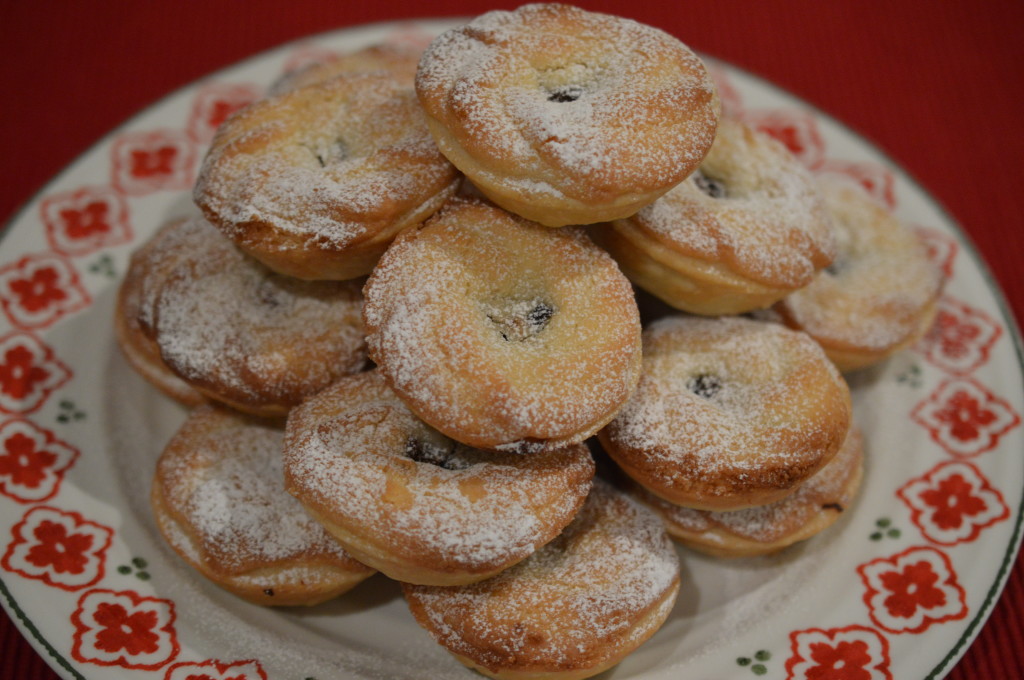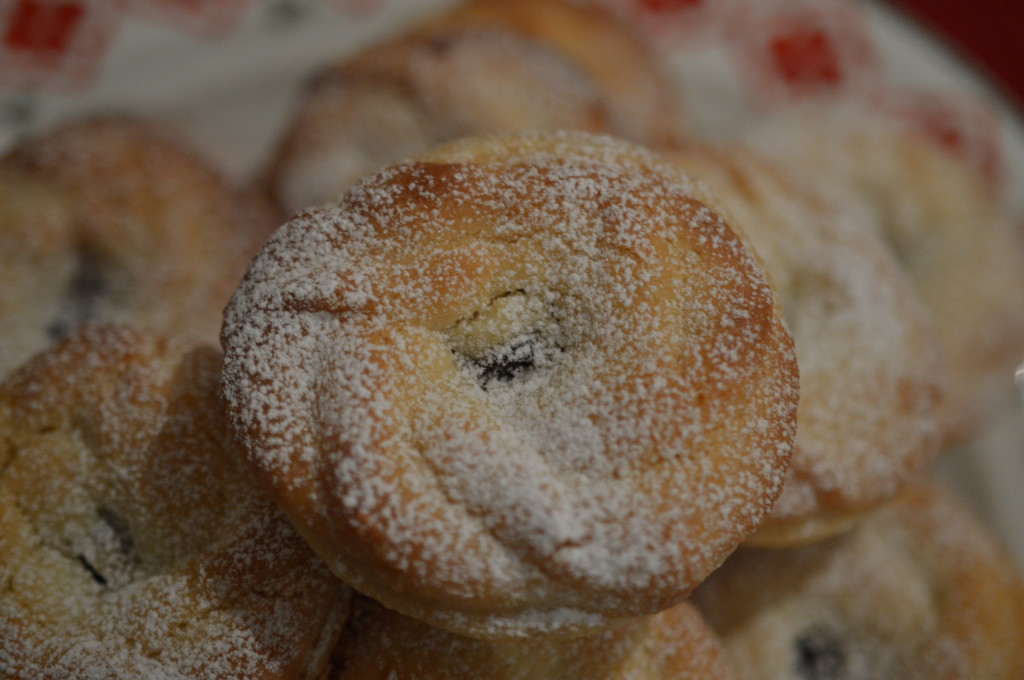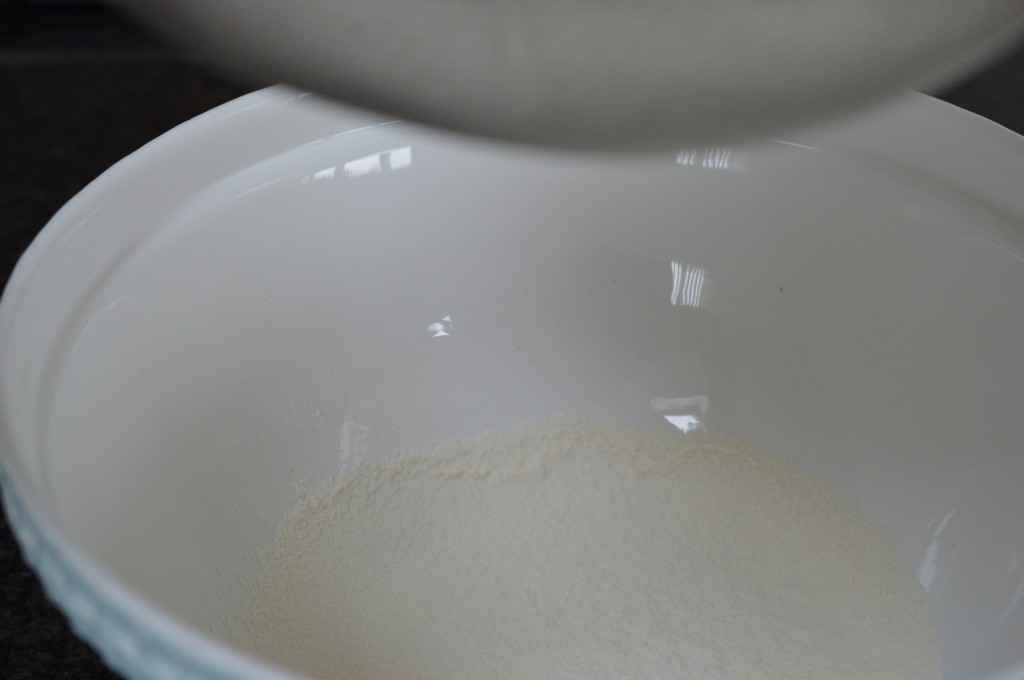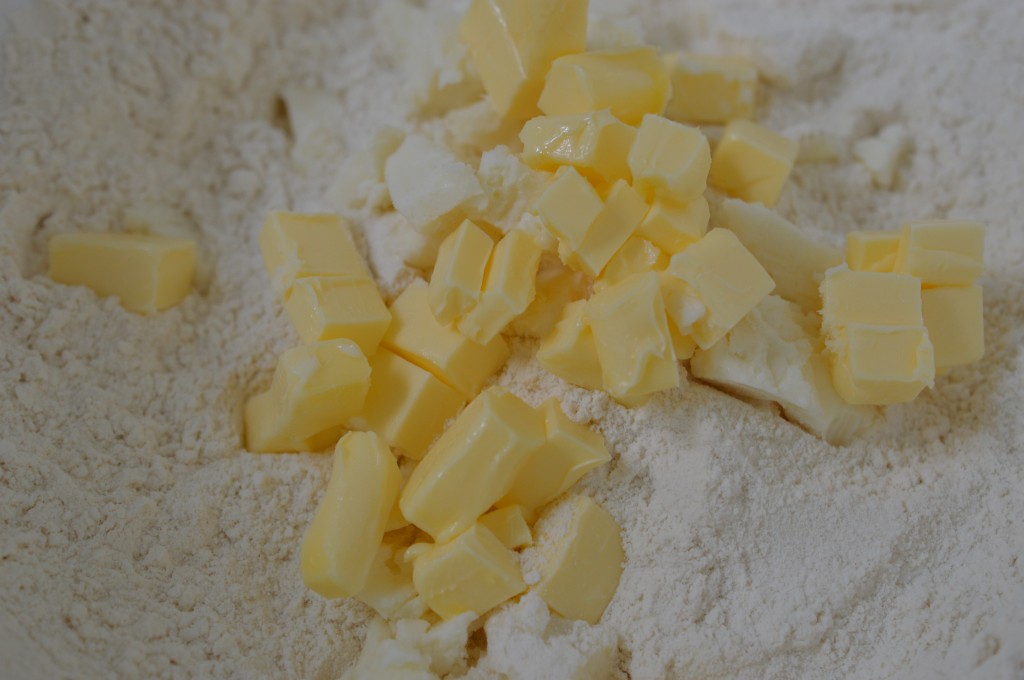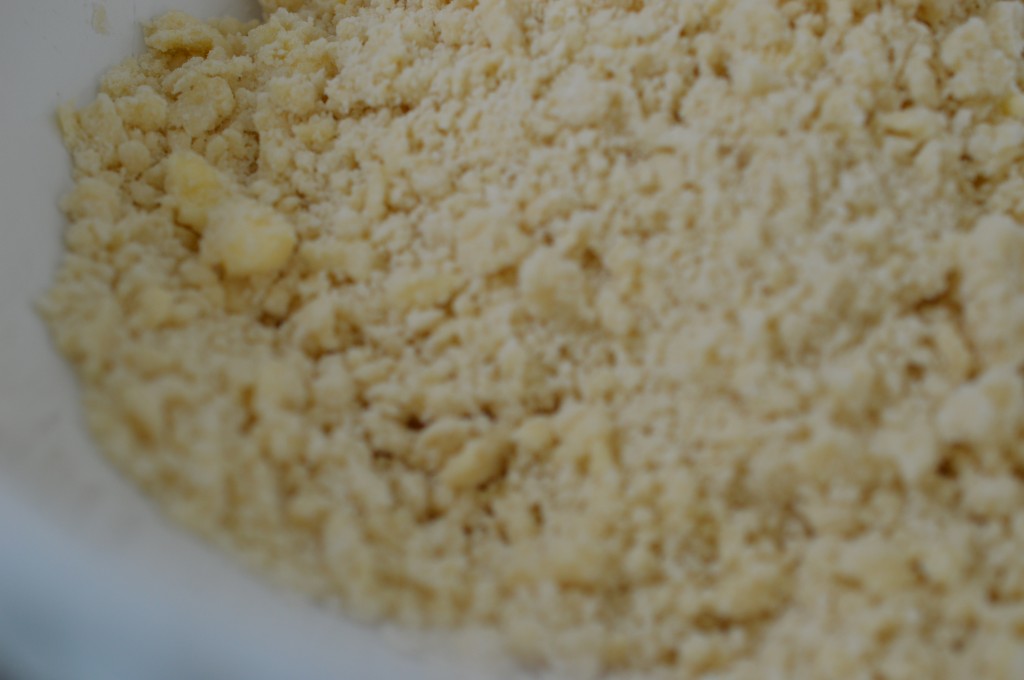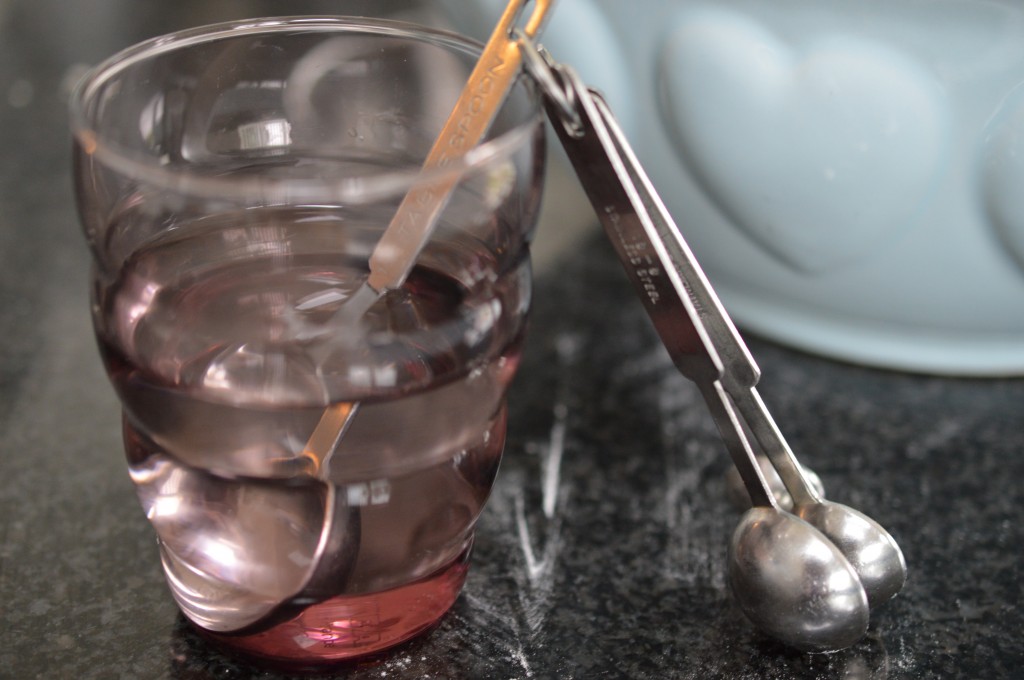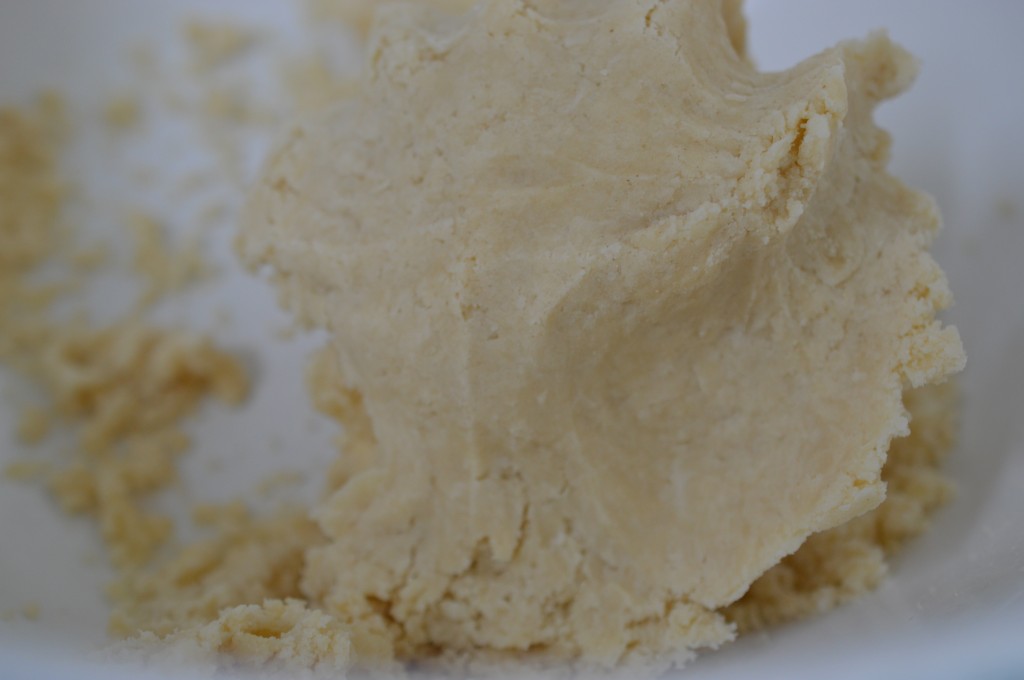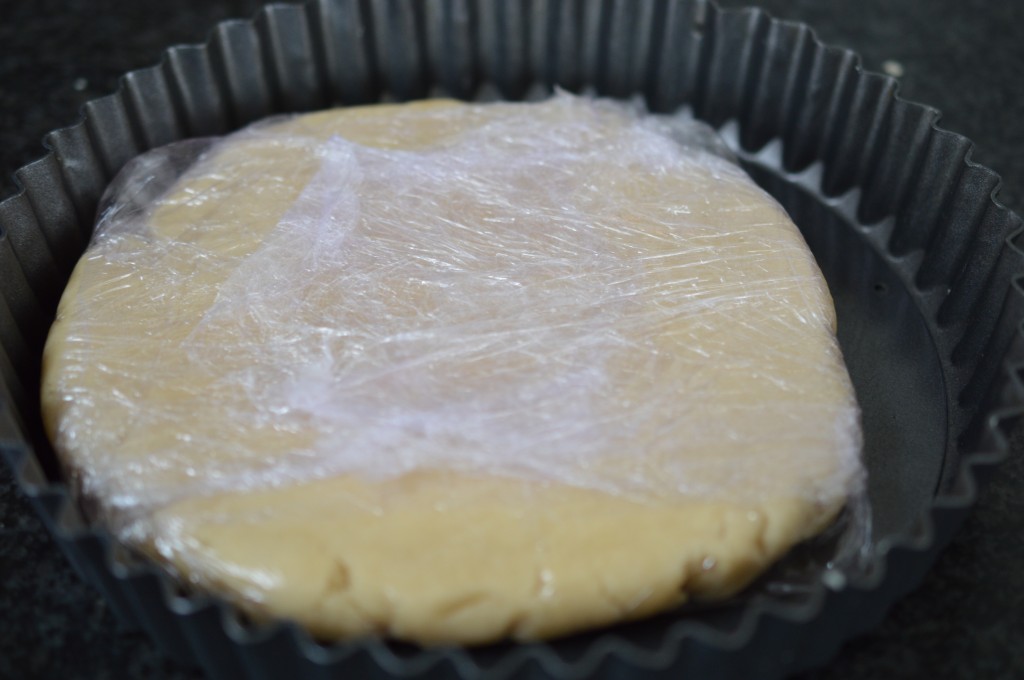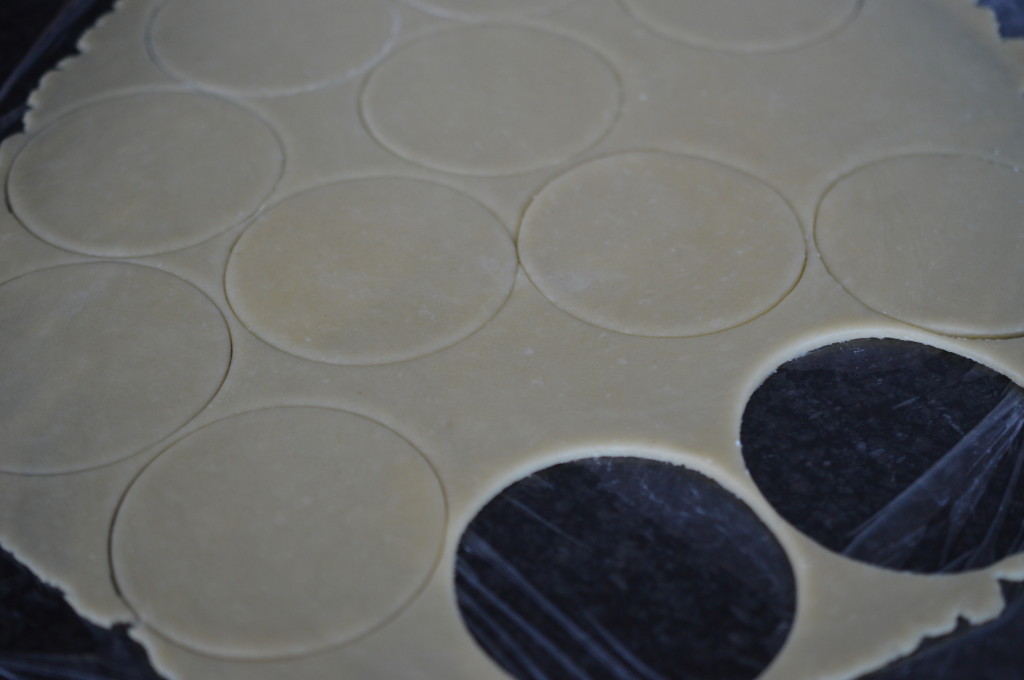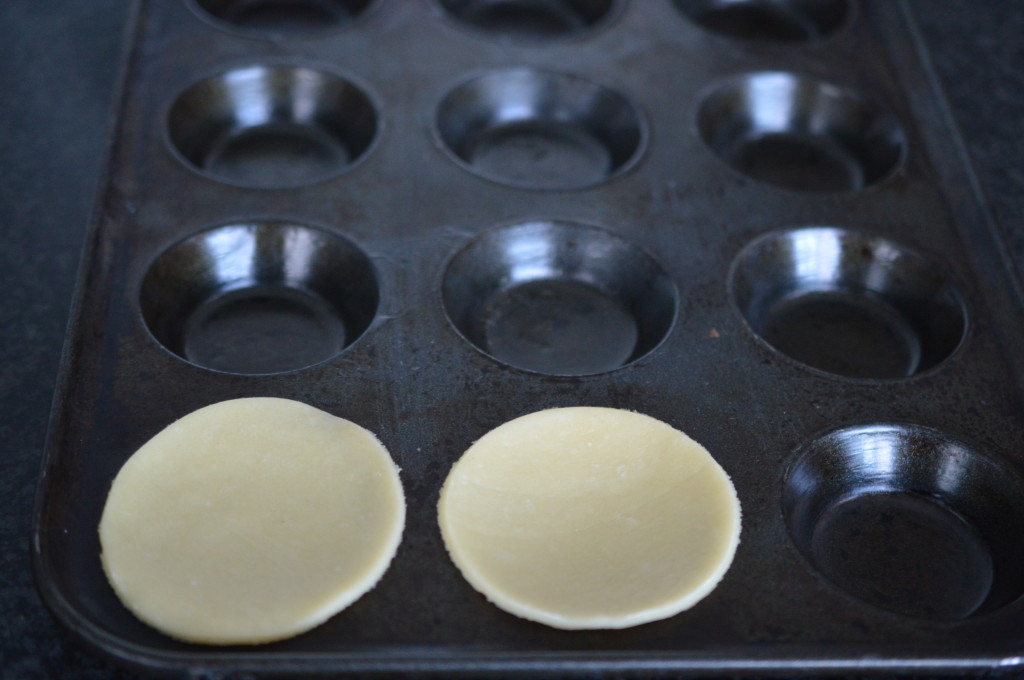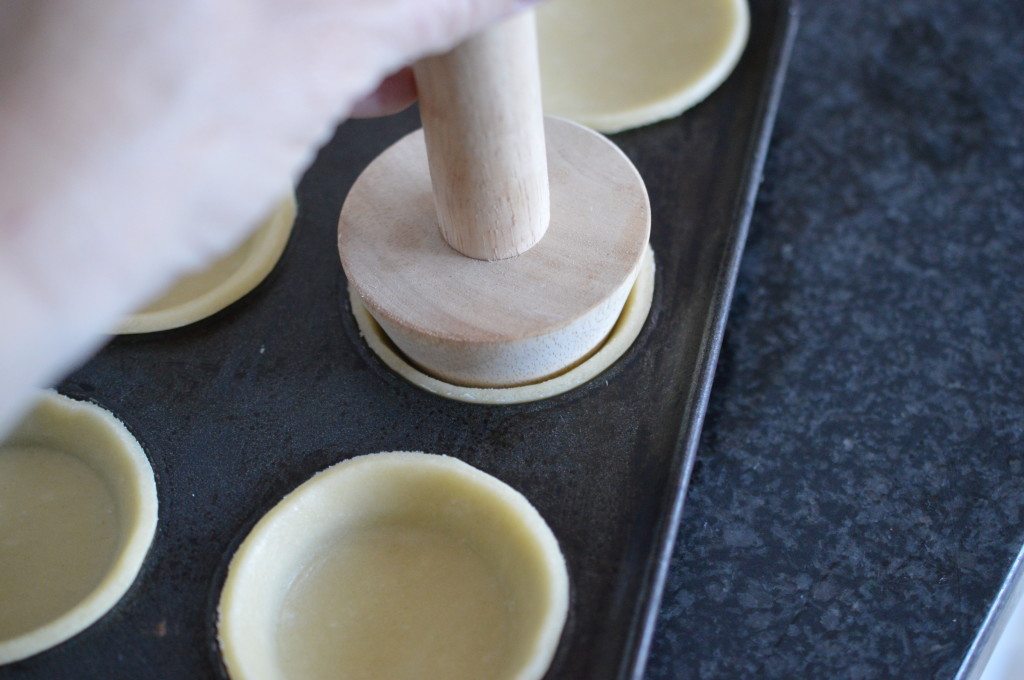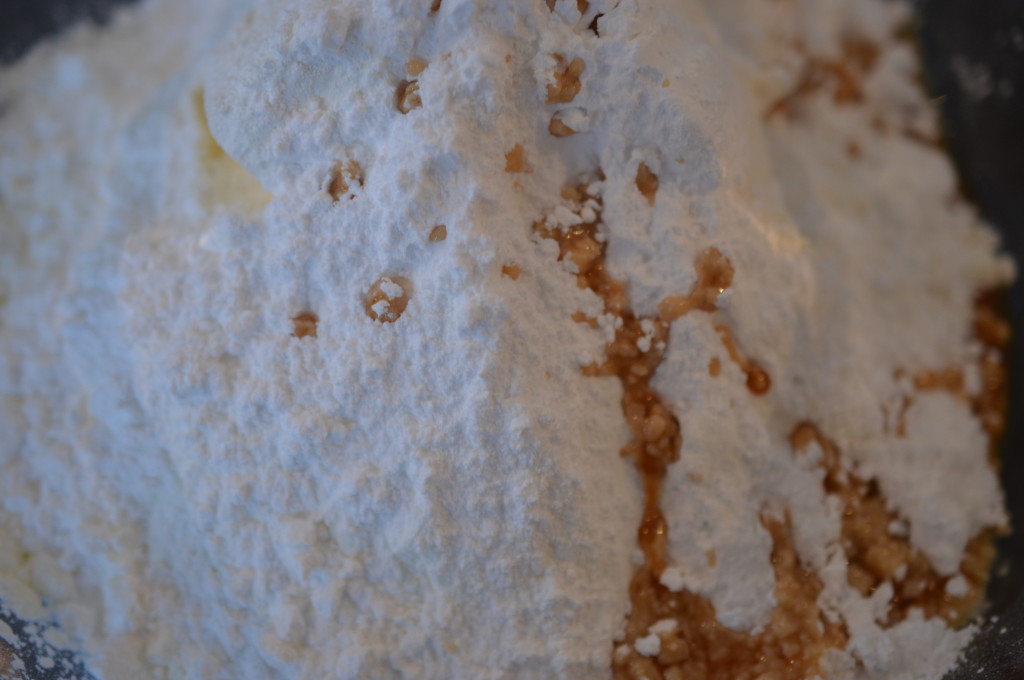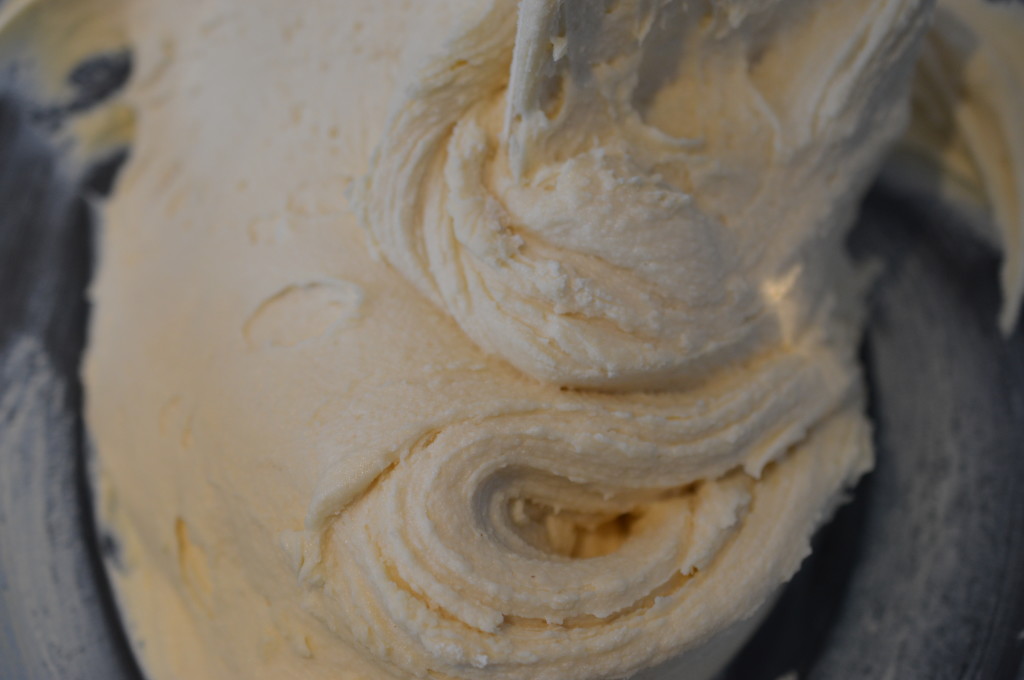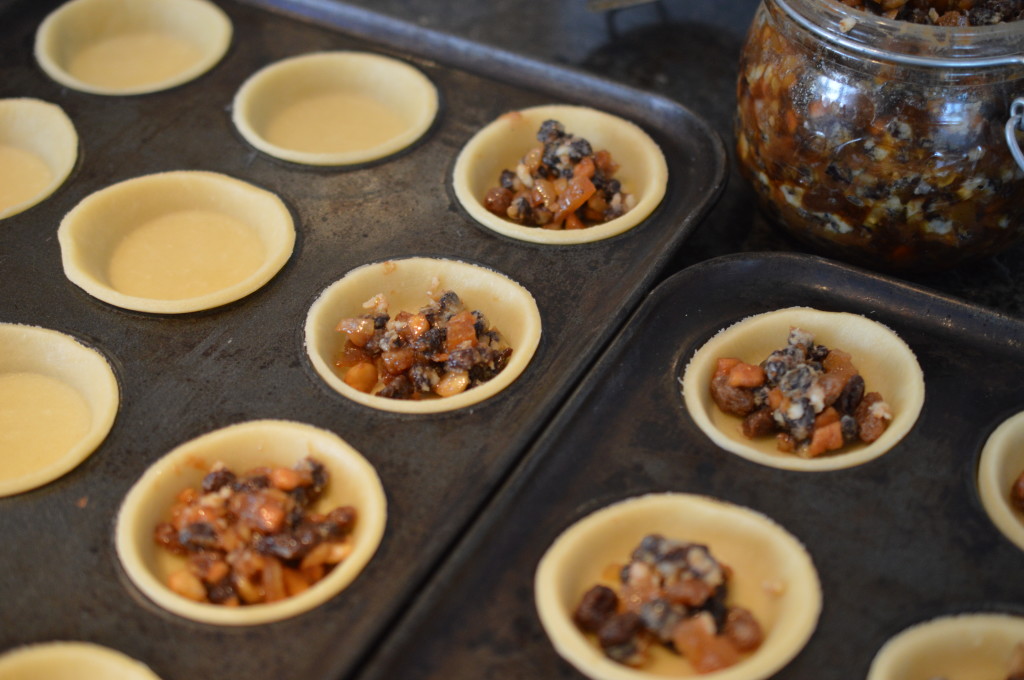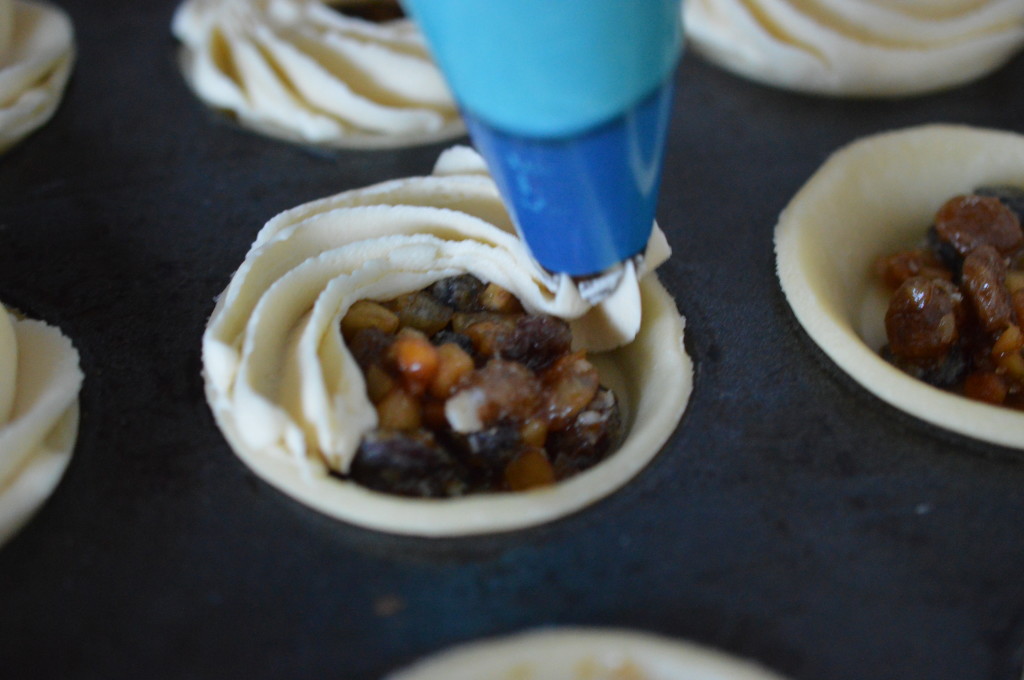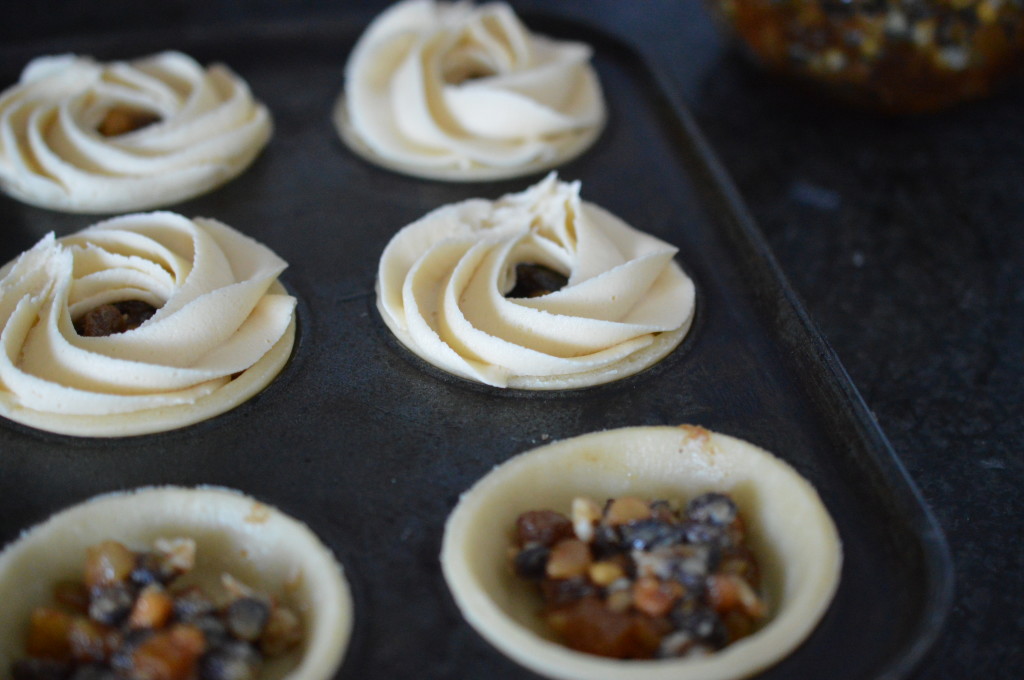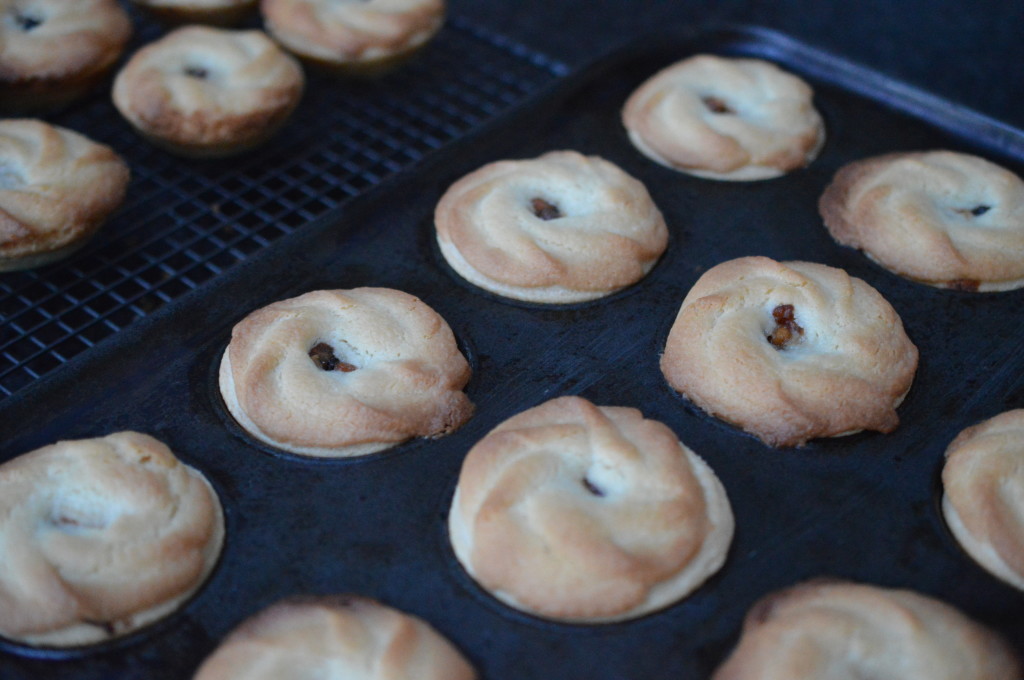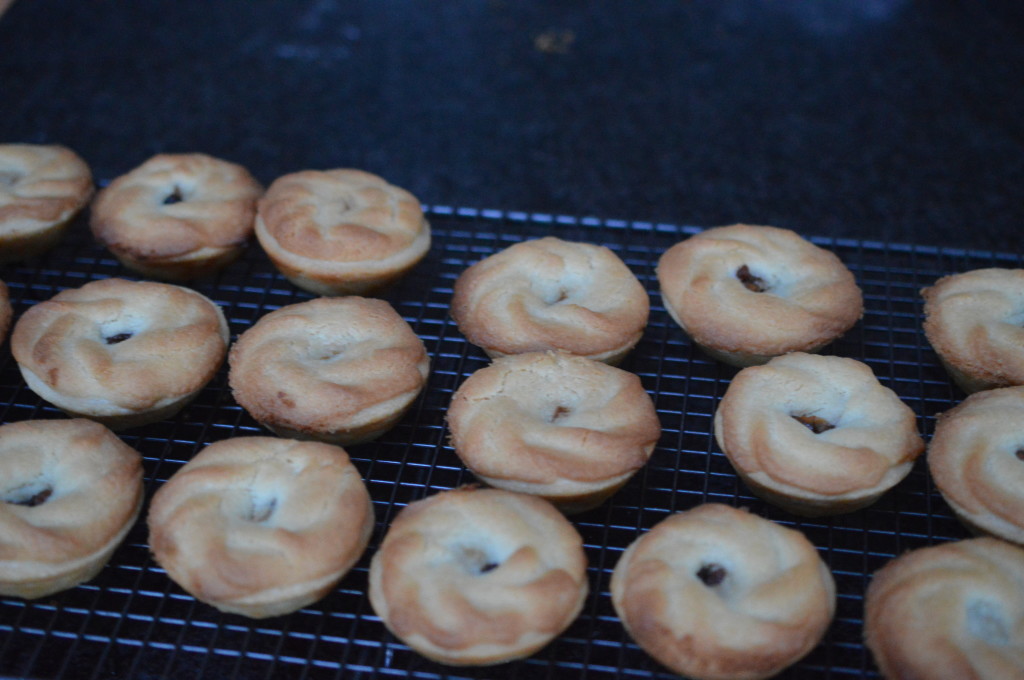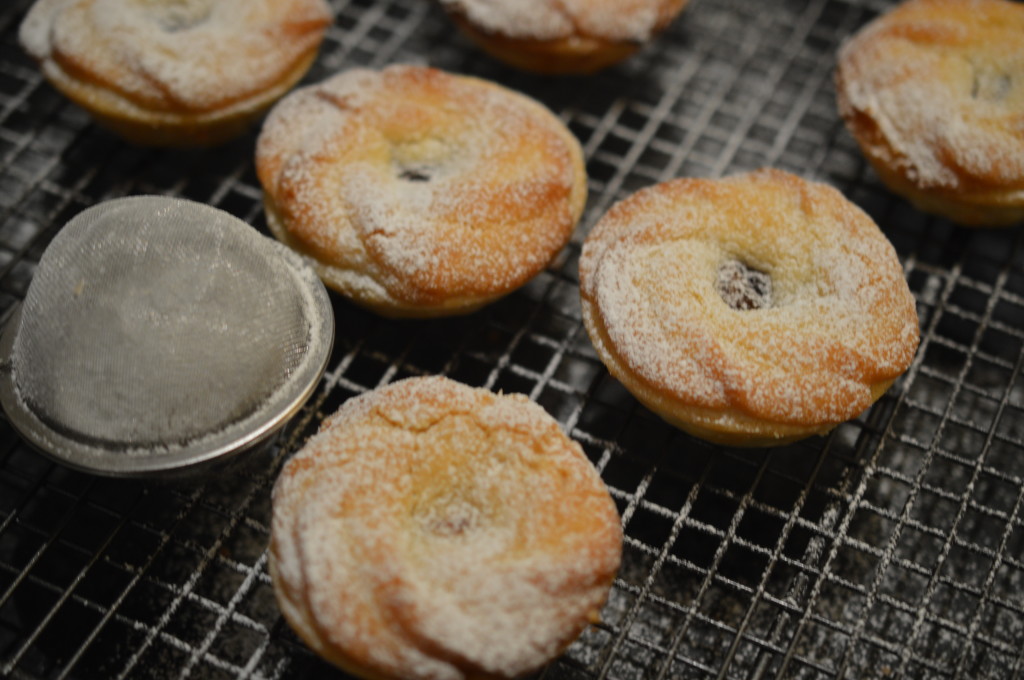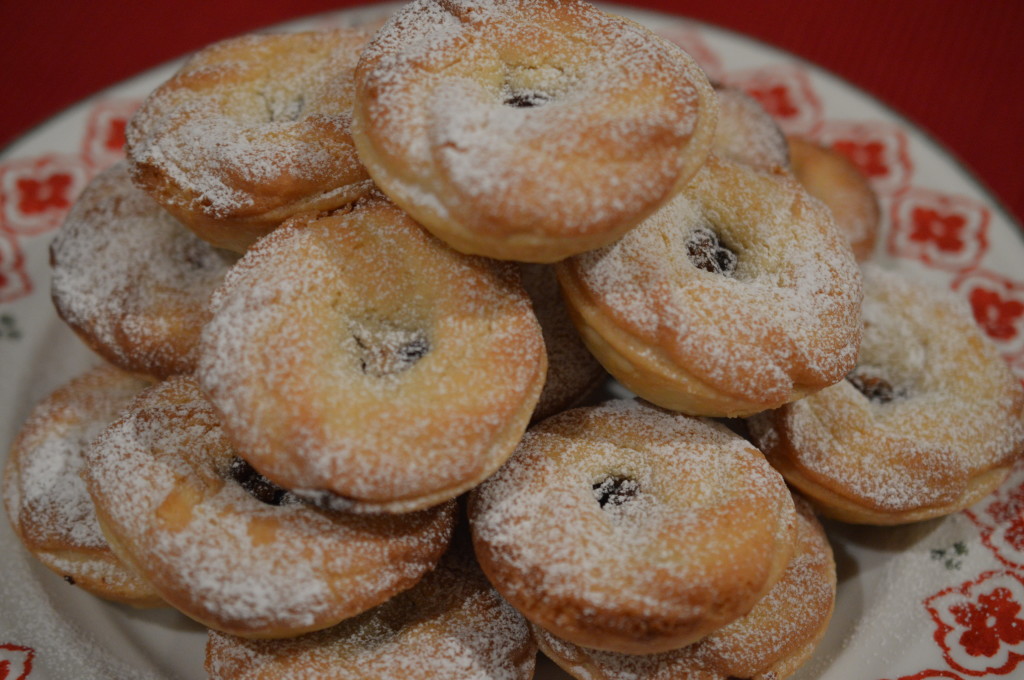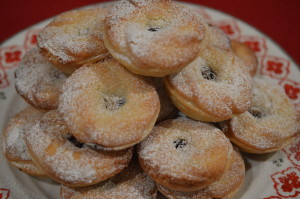Madeira Cake
It’s been a cold and blowy week and I’ve hidden myself away making marmalade – which is a strange way to introduce Madeira Cake, but stay with me.
It all begins with Seville oranges – which are a ‘blink and you’ll miss them’ thing. Imported, obviously. You have to buy them when you see them. Aside from vats of marmalade I like to make a Seville Orange Tart. It’s a once in the year event, which is one of the things I love most about it. For that I need 55g of Madeira Cake.
So, that’s how I got here. Madeira cake for packed lunches and a ‘hidden-away’ slice for the Seville Orange Tart.
Madeira Cake is a really old fashioned cake. The first recipes appear in the eighteenth century, but I doubt my ancestors were eating it. It was luxury. At a time when genteel ladies offered their afternoon callers ‘some refreshment’ Madeira Cake might have been served with a glass of Madeira, which is a Portuguese fortified wine. That’s how it gets its name.
Start by preparing the 18cm/7″ cake tin. I use melted butter and place a circle of baking parchment at the bottom. Pre-heat the oven to 160ºC/325ºF/Gas Mark 3.
The cake mixture begins with softened butter. Give it a quick beat and then add the sugar.
This stage always takes longer than you think it should and the paler you can get it the better. Spare a minute to the poor souls who did it all by hand.
Have your flour ready. I sieve to get more air in and combine the two flours together.
Now the room temperature eggs. Add them one at a time and beat in really thoroughly. A spoonful of the flour will also help stop the mixture curdling. Curdling is best described as a cake batter with cellulite. It happens for a number of reasons – if you add fridge cold eggs, don’t add them singly and/or beat them in enough. You can rescue a curdled mixture by adding more flour and beating it in but your cake will be a little ‘heavier’.
Then add the grated rind of half a lemon. (Save the other half.)
‘Fold’ in the flour. That’s a gentle cutting movement. Your aim is not to bash the air out of the mixture. Just imagine you’ve been beating with a wooden spoon and you’ll treat it with care.
Add the juice of half a lemon. You’ll get more juice from a warm lemon.
Combine the reserved lemon rind with the unused juice from the second half and freeze. There’ll be a next time.
Put the cake mixture into the tin and smooth the top. I like to decorate my Madeira Cake with some pieces of candied orange peel, but it’s not necessary. Post Christmas I tend to have some handy. Then bake.
Leave the cake to cool in the tin for about ten minutes.
The easiest way to release the cake from the tin is to rest the tin on a can and ease the sides down.
Transfer to a cooling rack.
My mum’s pressed glass cake stand seems the right way to serve it. Maybe not Madeira wine? I like a cup of tea.
Eat.
Makes one 18cm/7″ round cake
- 175g/6oz butter
- 175g/6oz caster sugar
- 3 large eggs
- 150g/5oz self raising flour
- 100g/4oz plain flour
- grated rind and juice of ½ unwaxed lemon
- candied peel to decorate (optional)
Grease and line the base of an 18cm/7″ round cake tin and pre-heat the oven to 160ºC/325ºF/Gas Mark 3.
Beat the butter and sugar together until it is pale.
Add the room temperature eggs, one at a time. Beat well. A little flour added with each egg will lessen the risk of the mixture curdling.
Gently fold in the flours, then add the rind and lemon juice. Transfer the mixture to the tin and level the top. Decorate with candied peel if liked.
Bake in the pre-heated oven for 1-1¼ hours. Aga: Bake on the grid shelf on the floor of the Baking Oven with a sheet of bake-o-glide resting on top of the tin for 40 minutes.
Leave to cool in the tin for 10 minutes before removing to a cooling rack.
Eat.
